I was impressed by the incredible biodiversity as I traveled around “Fuvahmulah,” translated as (“the island of Aeracanut palms”). Since it is the third-largest island and the only coral atoll in the Maldives without a protecting lagoon, Fuvahmulah stands out from the other coral atolls in the nation. The island is left to itself, open to the Indian Ocean’s powerful waves and surges.
According to local legends, Fuvahmulah used to be a small coral atoll with an opening at the southern end called “Diyarehifaando”, which created a natural harbor within the atoll. However, over time, man-made changes to the island caused the inner lagoon to lose its saltiness, and it is now home to two small lakes, wetlands, and swampy taro fields surrounded by homes on higher land.
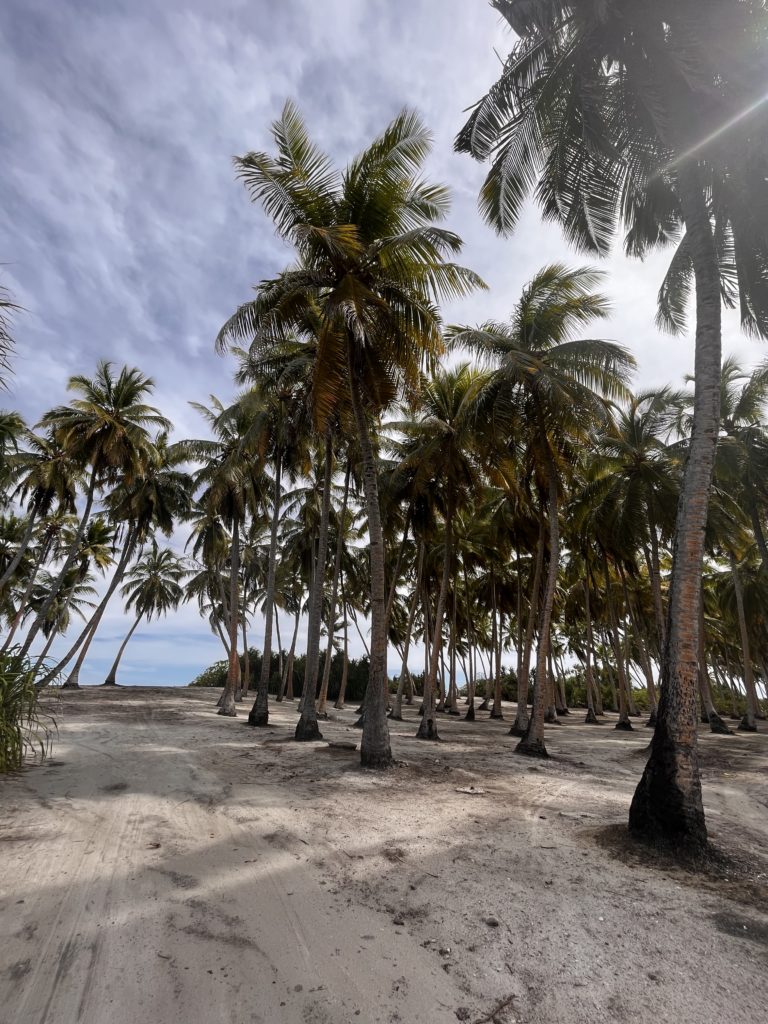

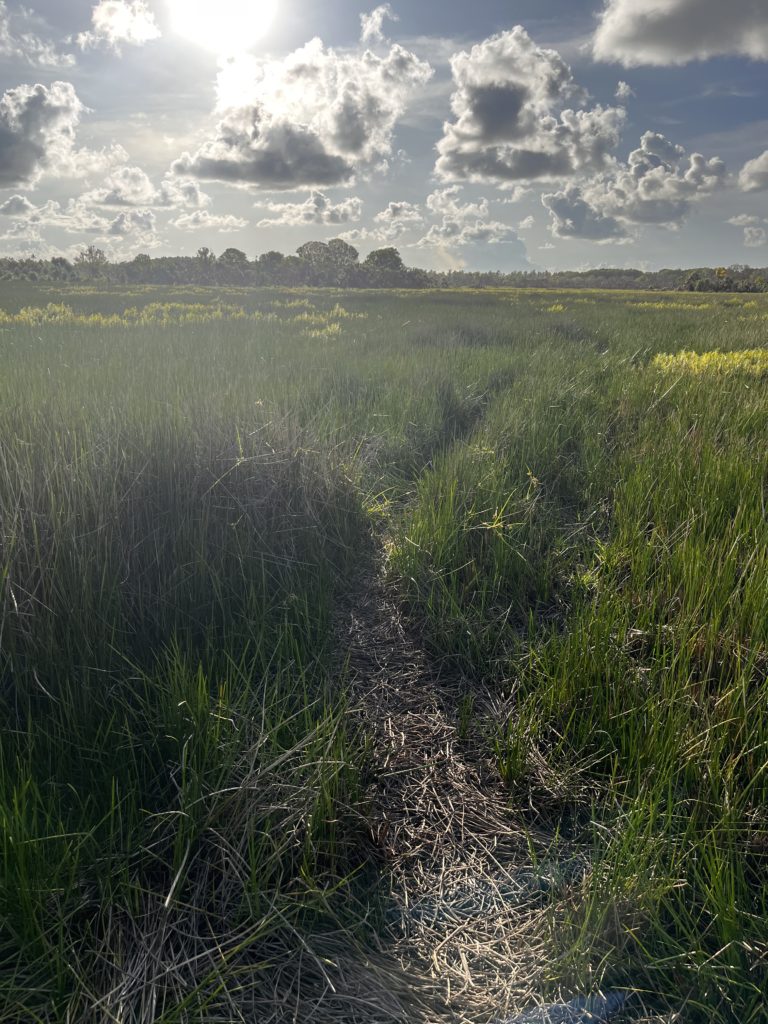
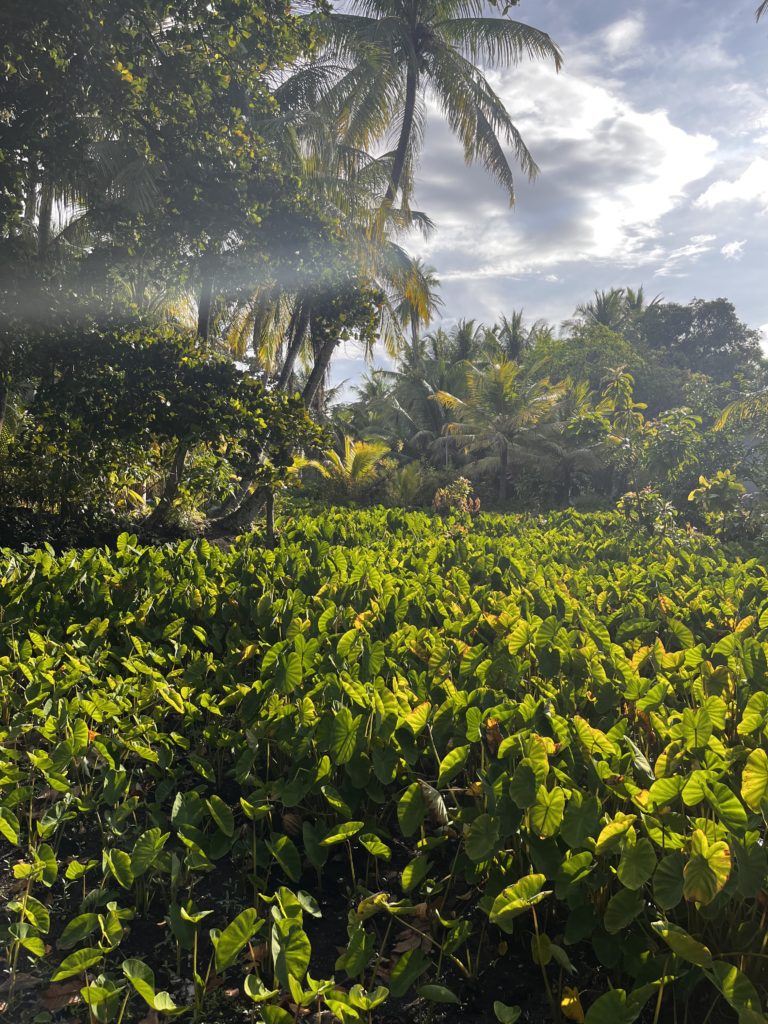
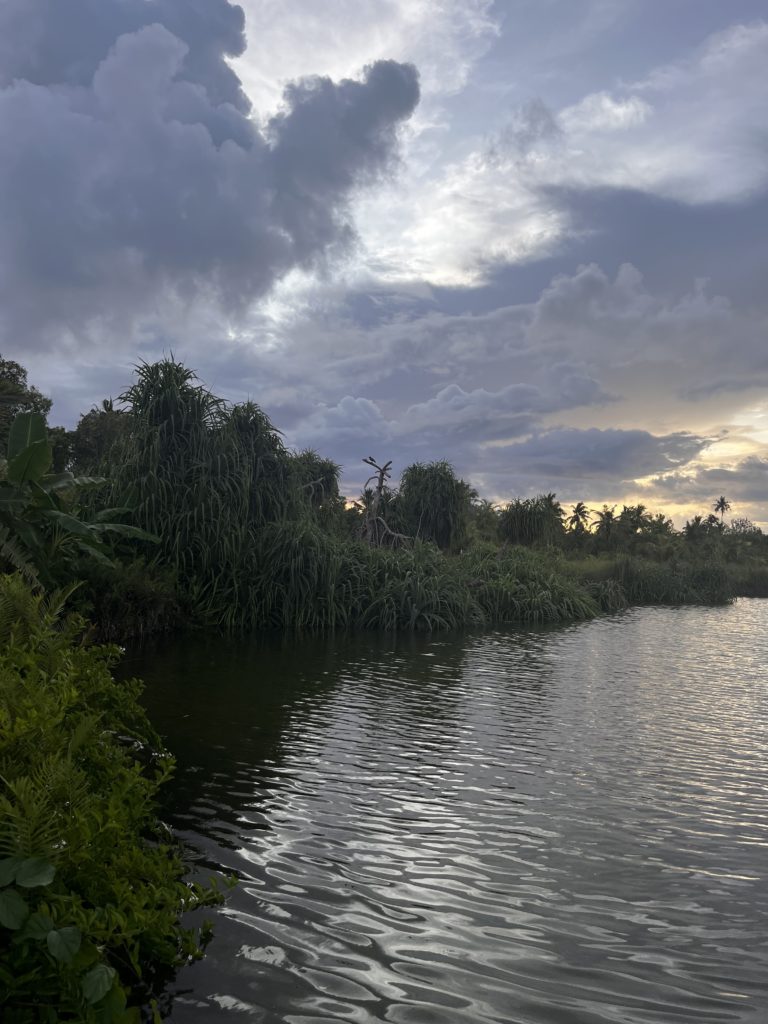
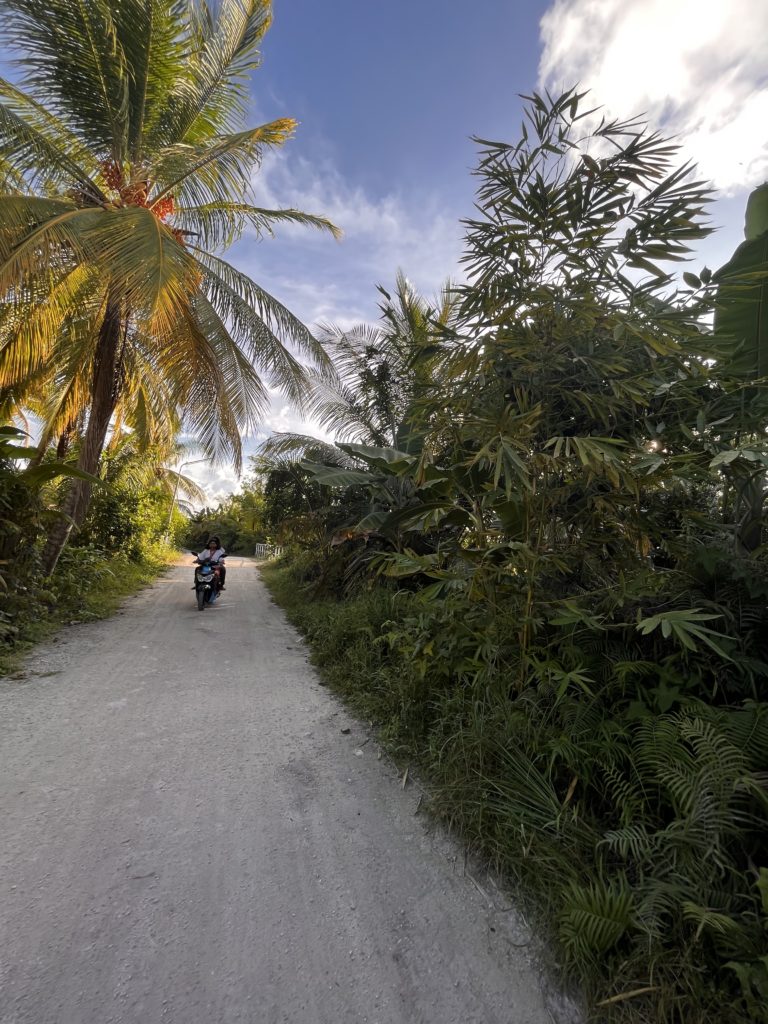
The rich history and culture of this island, nowadays pronounced “Fuamulak,” have been influenced by its distinctive terrain. The rolling green grasslands were interspersed with coconut palms and banana trees, and there were curved embankments of taro and pineapple plants as I made my way through the dense flora. The Taro fields were lined with tall marsh Pond Apple trees that were covered in green and yellow round fruits. It is a place of wilderness and wonder.
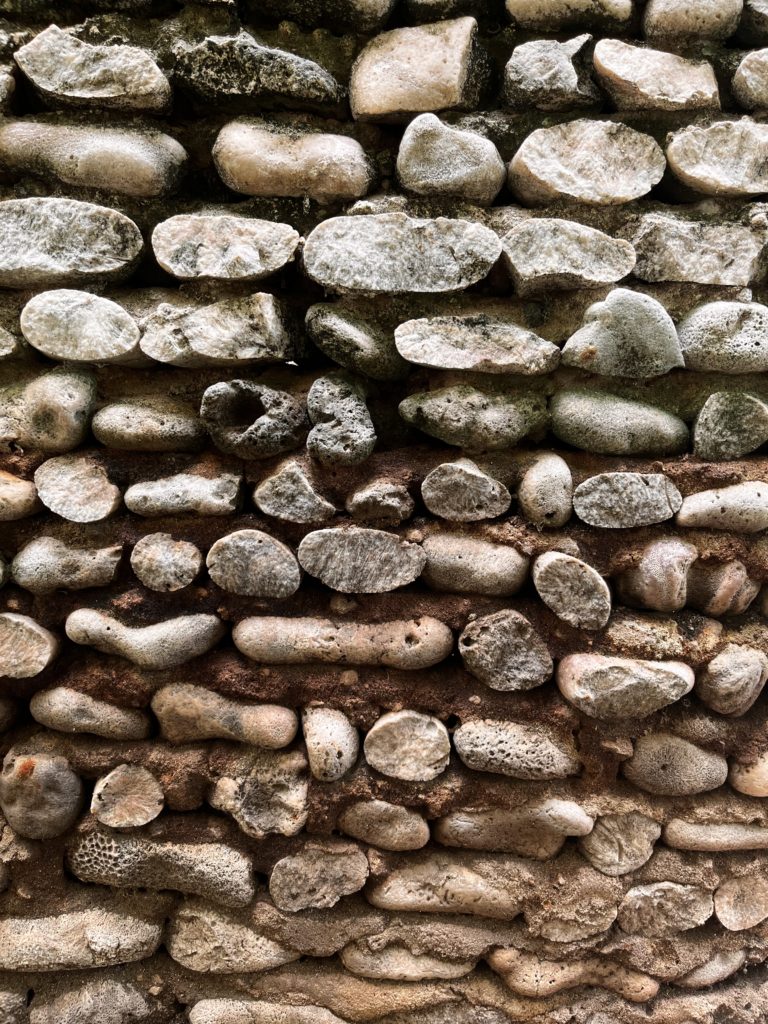
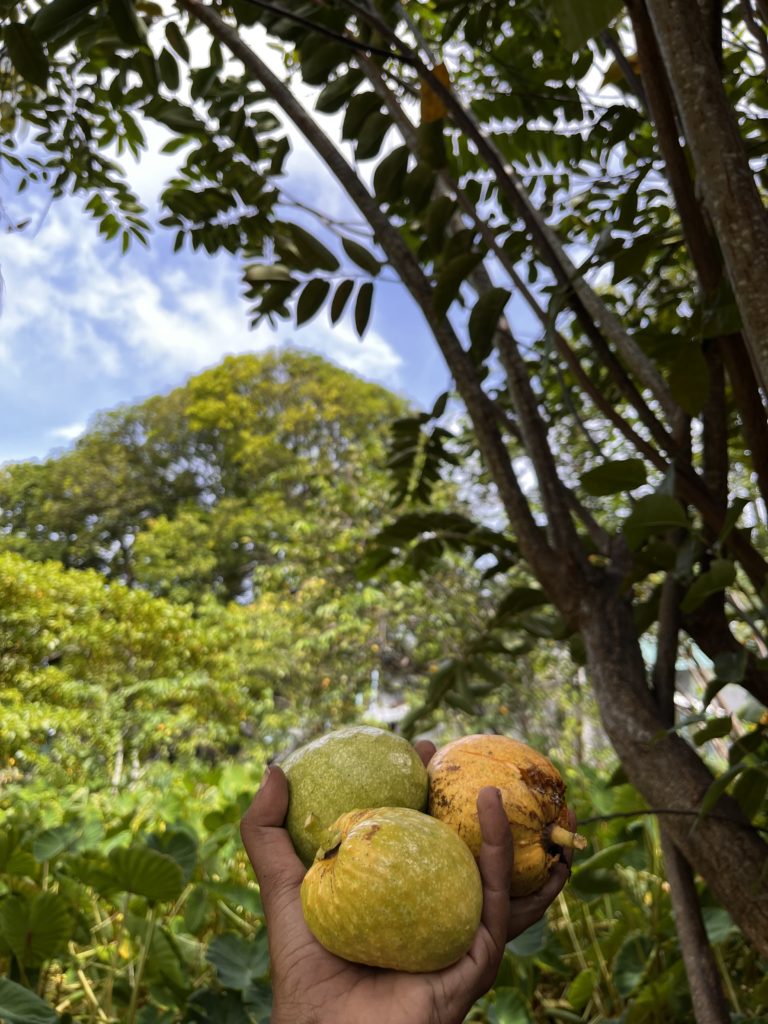
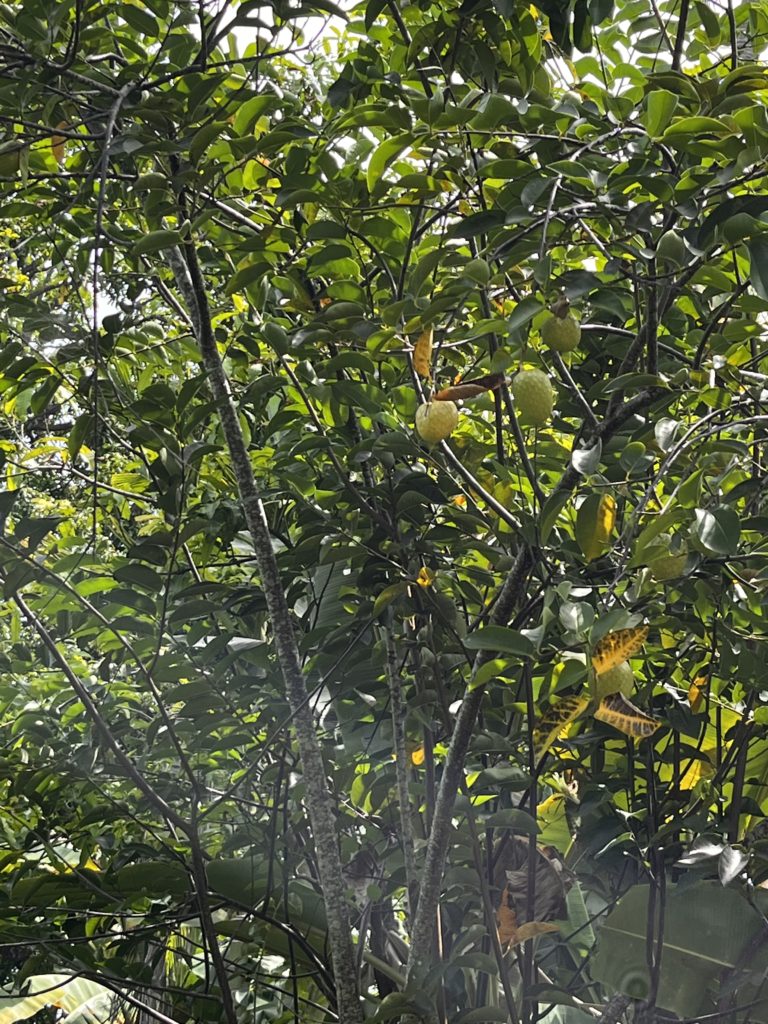
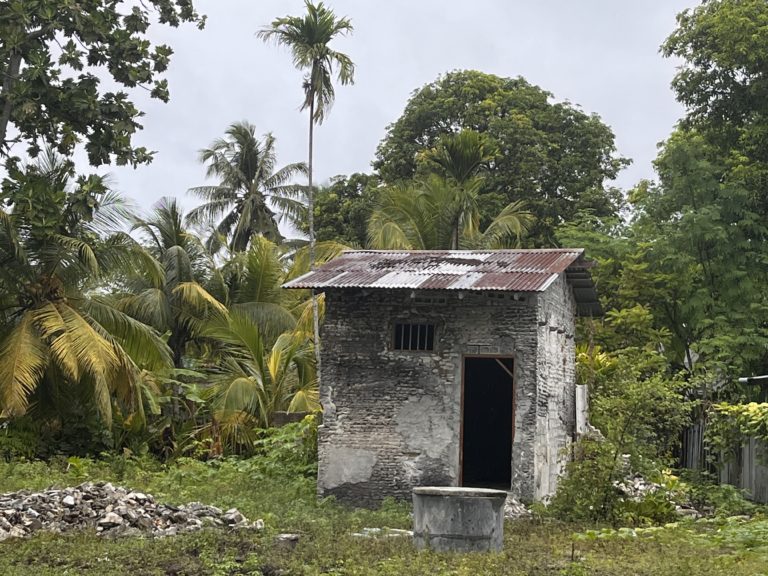
The majestic coconut palms rise up to the sky as you approach the beach, their fronds rustling in the wind. These iconic trees, which have served as an emblem of the Maldives, standing tall and proud, offer sustenance and shade to the islanders who have relied on them for centuries. The sandy shores beneath its beautiful trunks are a retreat to find comfort in the lulling rhythms of nature.
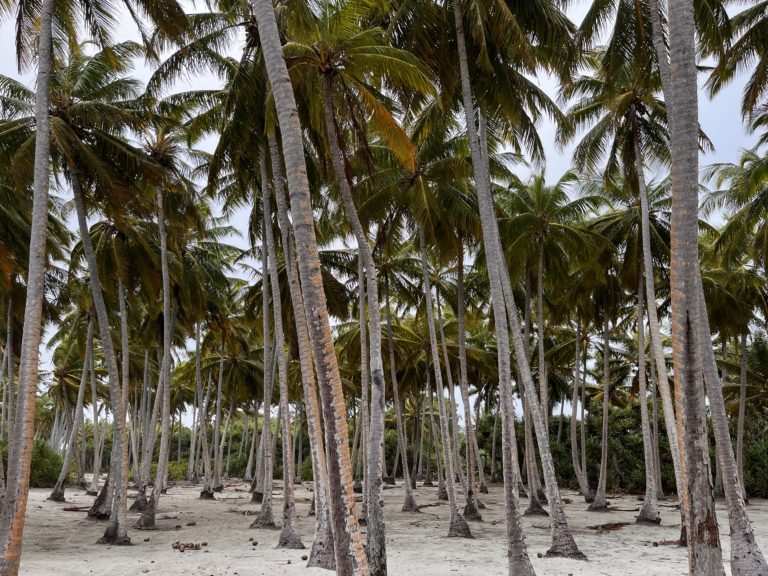
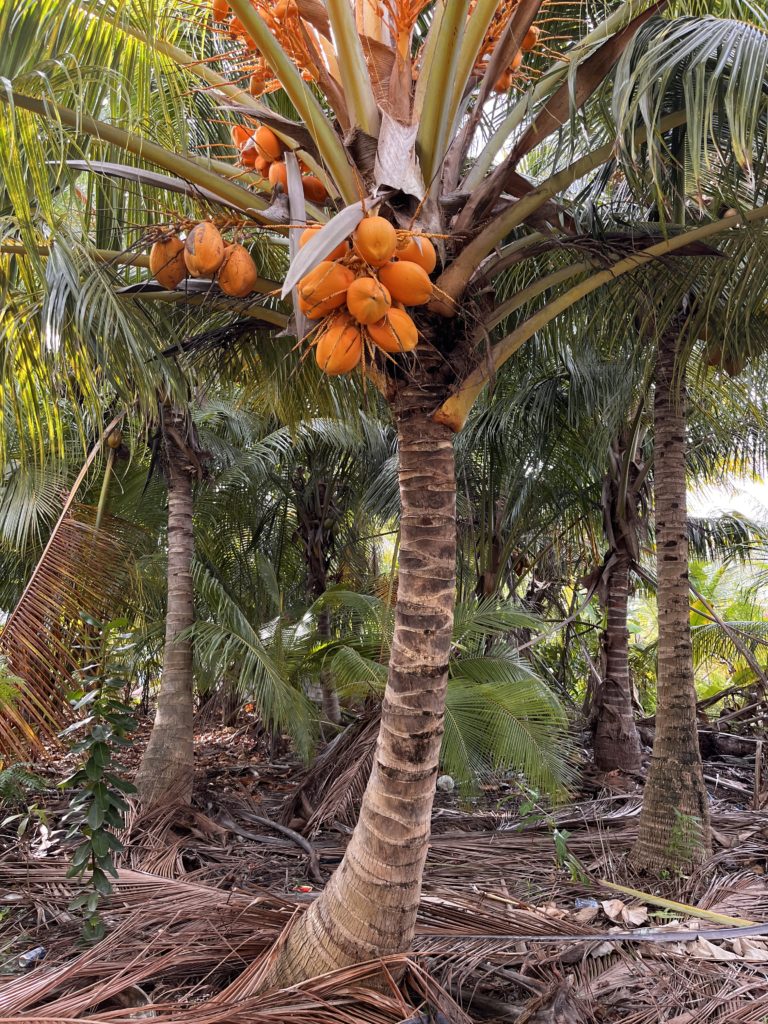
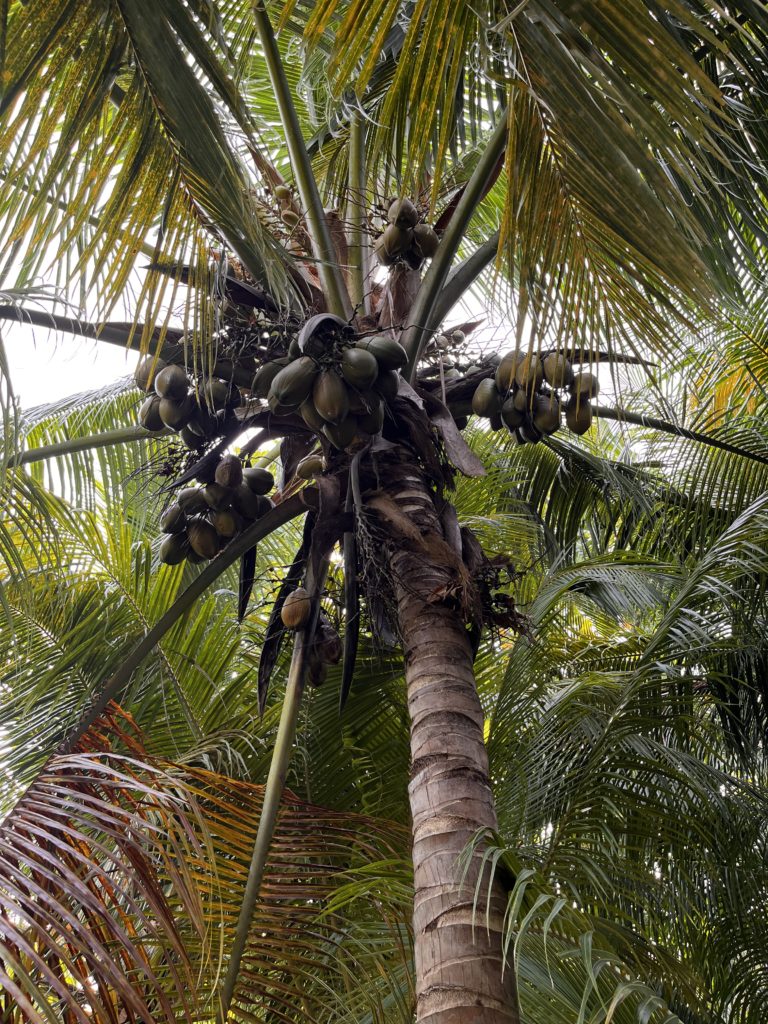
Due to the island’s bowl-like topography, which produces mangroves, wetlands, and grasslands unlike any other Maldivian island, the Taro fields are tucked away around the center of the island. The rich green expanse of the Taro plants; tall, robust stalks and large leaves are surrounded by a ring of coral stone homes. The fields lay contrastingly to the homes, which have tin roofs and pale, sun-bleached walls. I observed a woman planting taro corms erect while squatting in the damp black soil in order to reap the rewards in six months.
The islanders cultivate these high-quality taro fields, which are renowned for their excellence. Arrowleaf Elephant’s Ear Taro (also known as “Maaala”), Colocasia Taro (“Olhuala”), Koon Taro (“Boduala”), Red Taro (“Rai ala”), White Taro (“Hudhuala”), and Satoimo Taro (“Furehdhi ala”) are just a few of the types that are found in Fuvahmulah. The cuisine on the island is diverse and rich, and many of the island’s snacks and specialties are made with local produce.
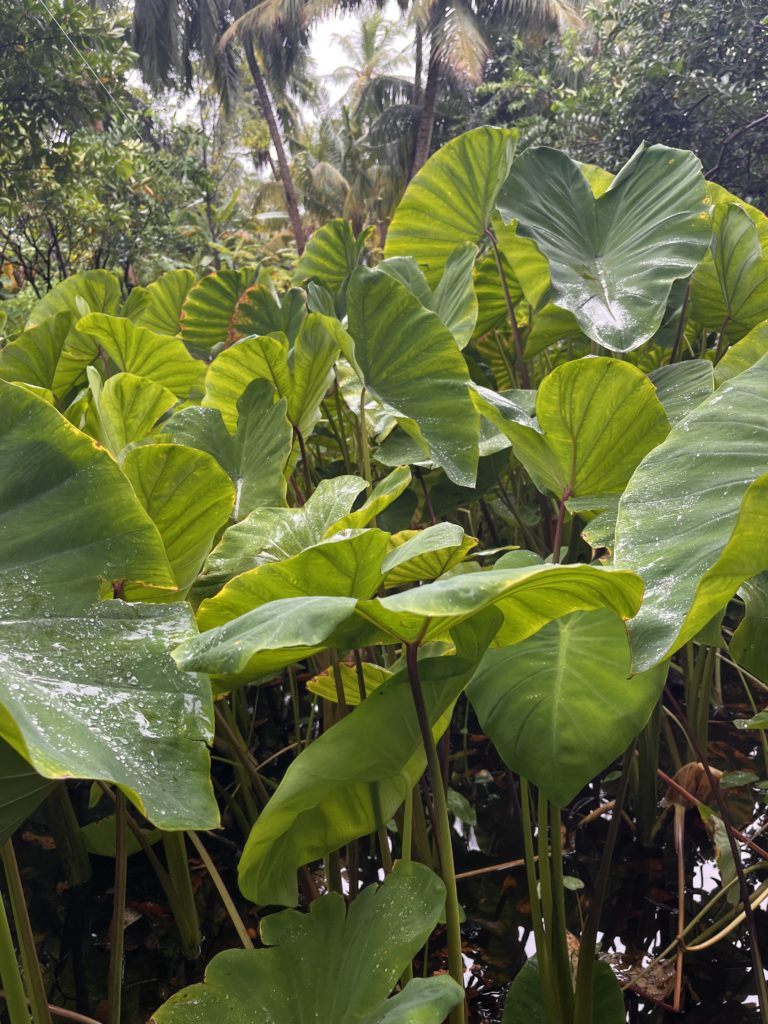
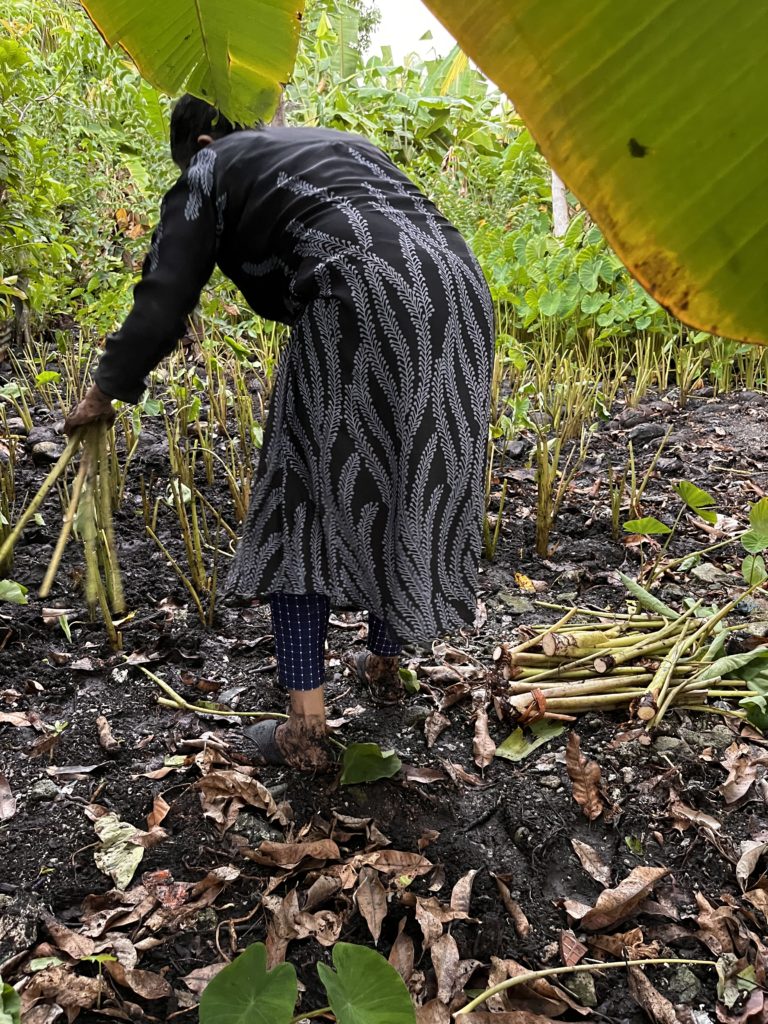
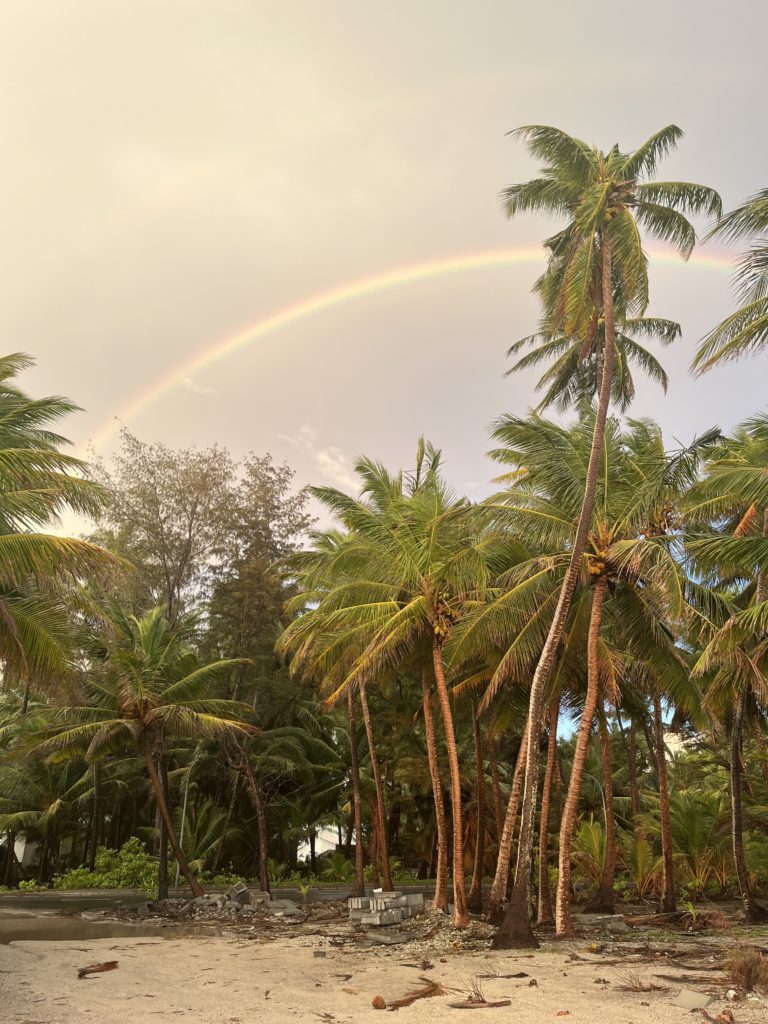
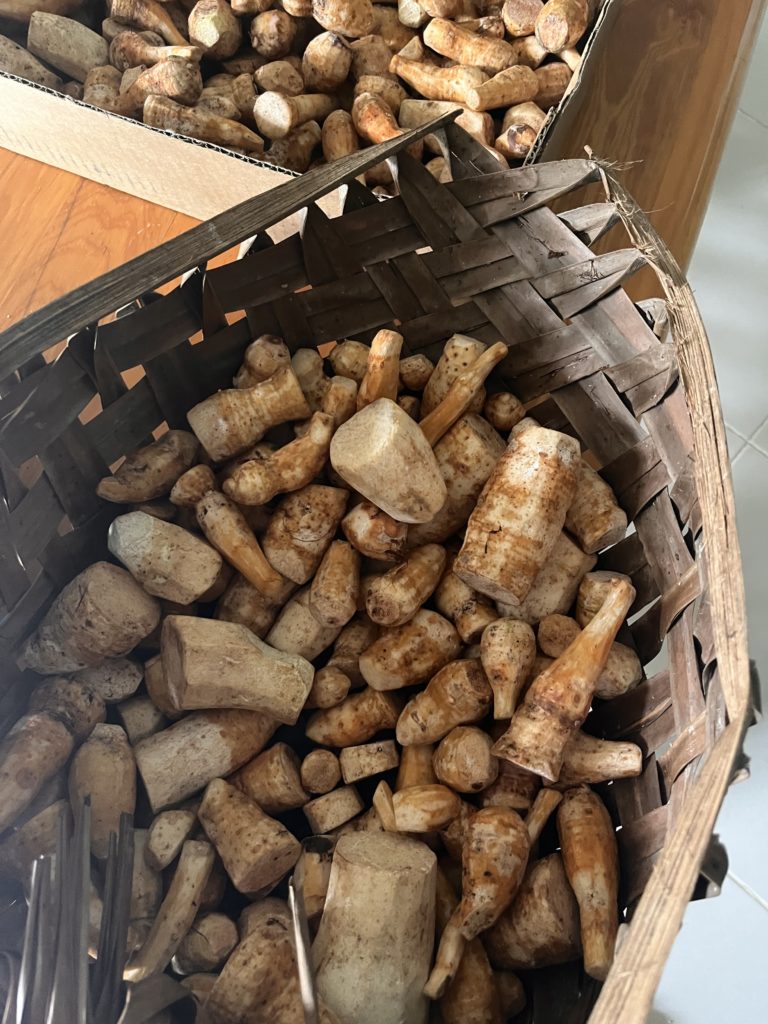

There are many different ferns, herbs, palms, and trees on the island, including tall mango trees that are well-known for bearing tiny, tasty fruit. Mango trees, which are common in the southern islands of Maldives, is in practically every home in Fuvahmulah. The fruit that these trees provide is highly prized throughout the Maldives’ urban centers and islands.
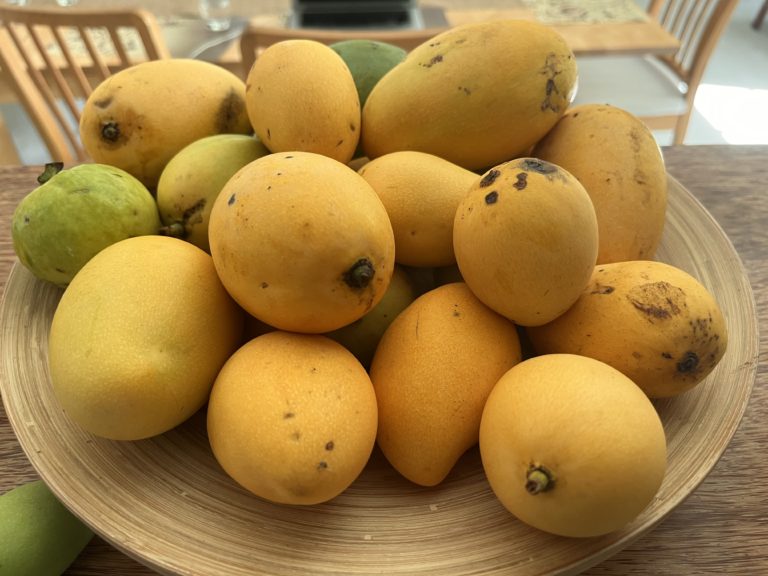

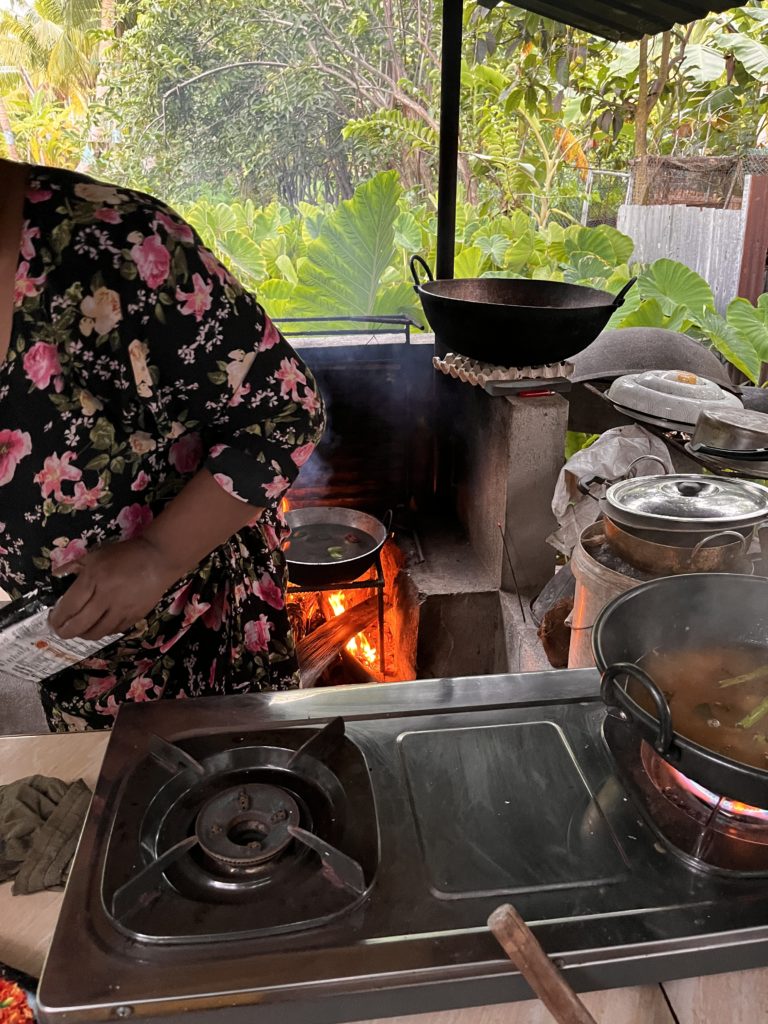
In addition to mangoes, Fuvahmulah is well-known for its profusion of banana plants, which are grown in both the plantations that dot the island’s fields and the outdoor bathroom gardens (referred to as “gifili”) of many households. These plants are a staple of the local agricultural landscape and contribute significantly to the island’s economy. The Maldives cultivate a few different varieties of banana plants, each with a distinctive flavor and traits. In Fuvahmulah, some of the most popular banana kinds are:
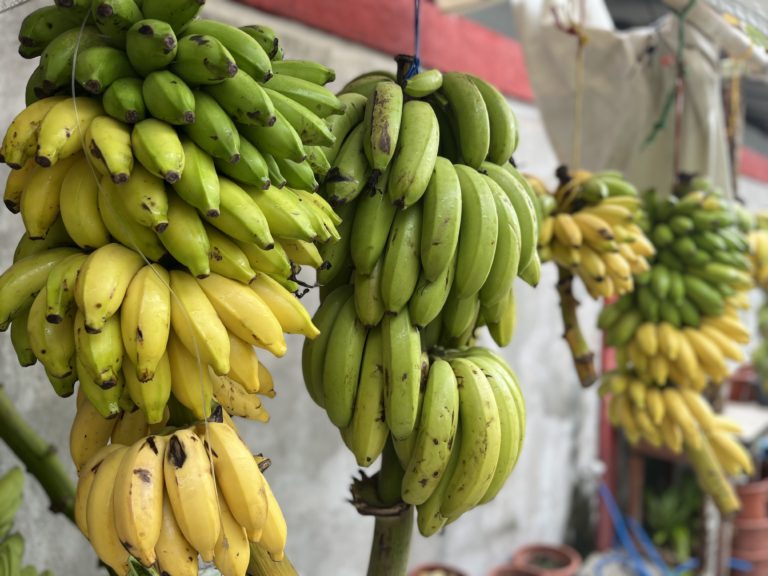

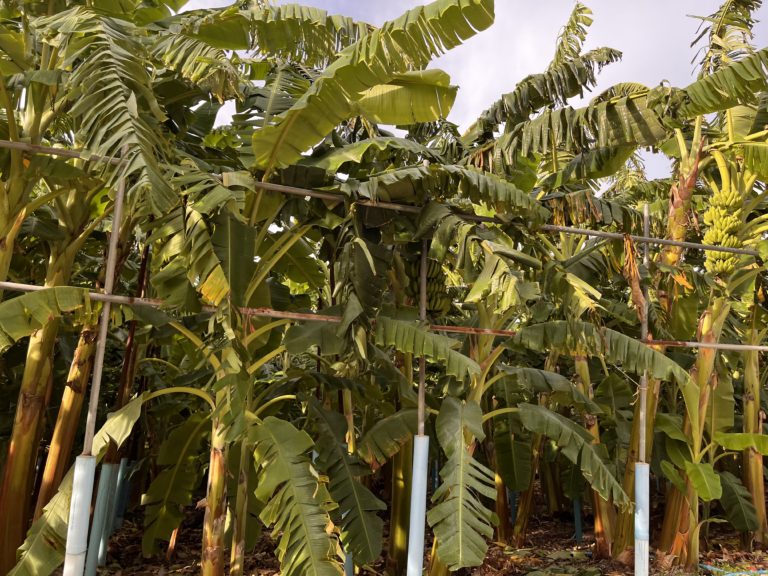
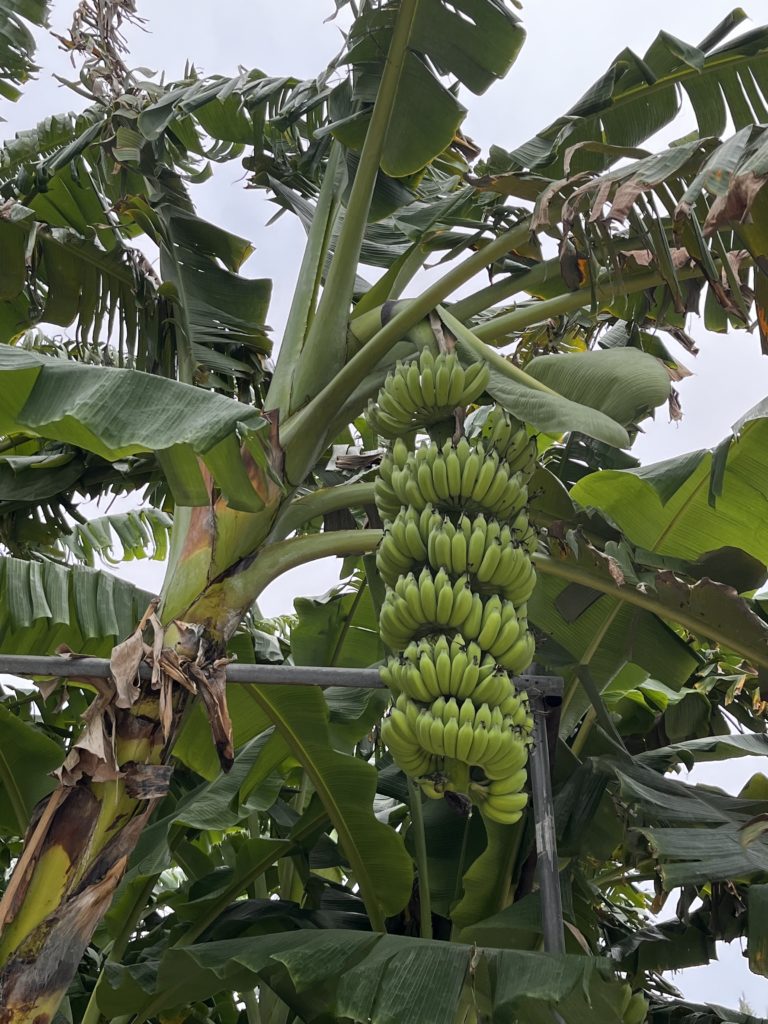
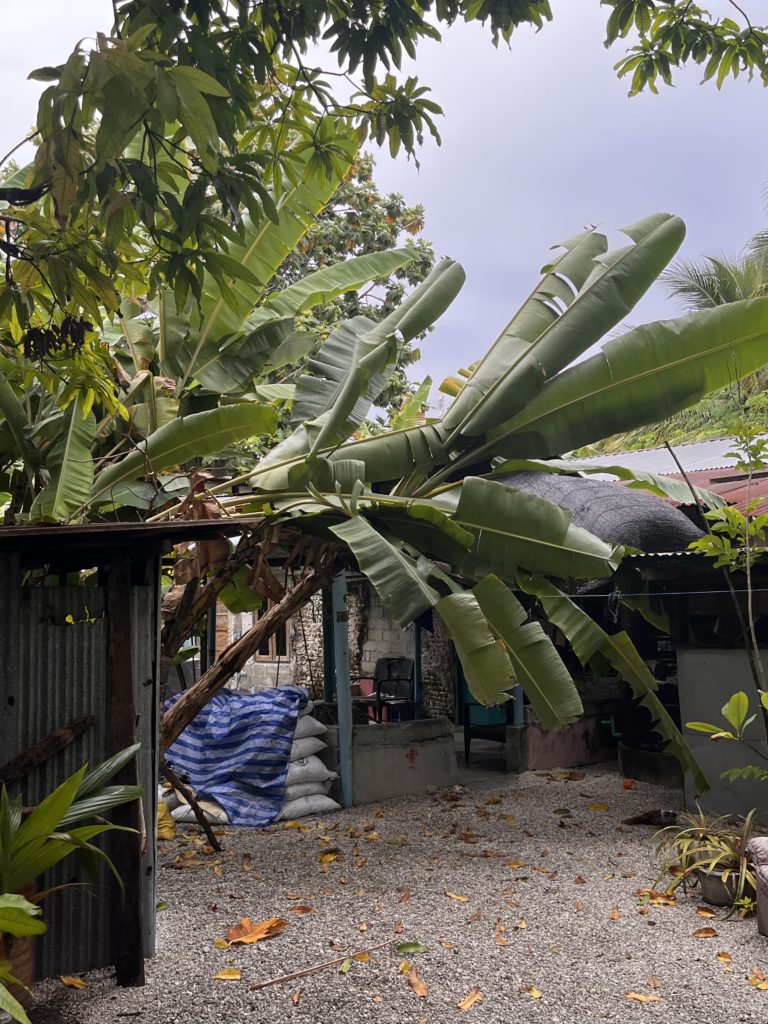
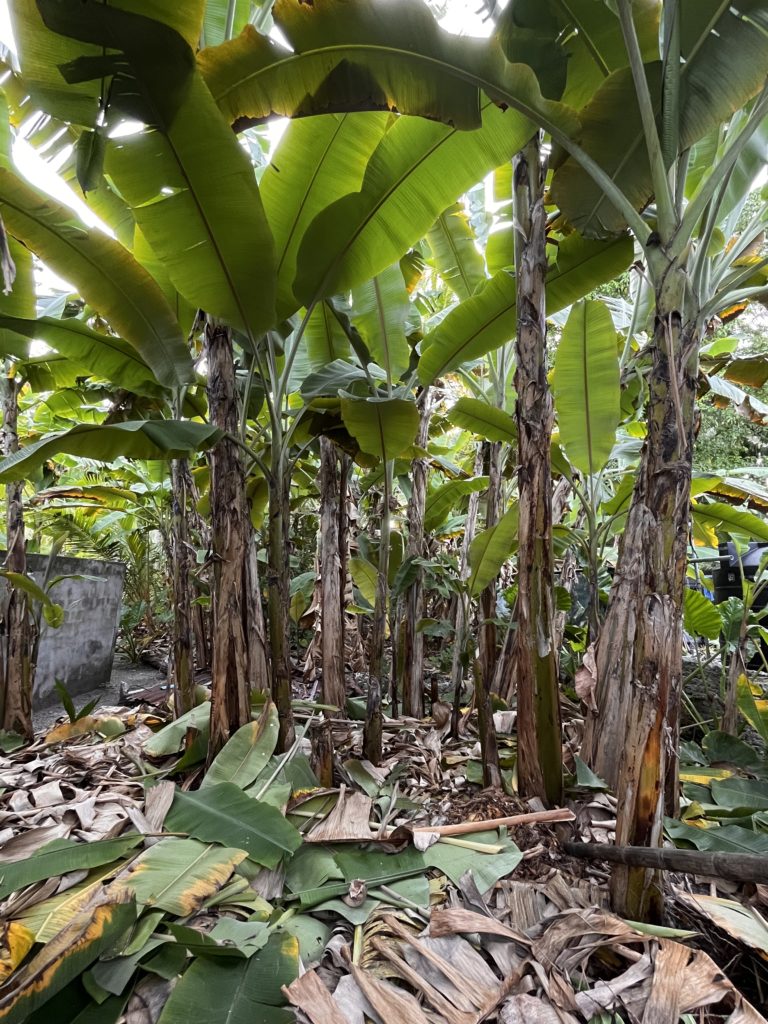
Bananas of the Cavendish kind are the most popular and exported types worldwide. They are frequently used in baking and cooking and have a sweet and creamy flavor. Plantain bananas (Maalhoskeyo) are utilized in savory dishes like curries and fried plantains because they are larger and less sweet than Cavendish bananas. The petite, sweet bananas, also known as lady’s finger and latundan bananas (Fuskeyo and Bonthiraiykeyo), are frequently used in smoothies and desserts.
Bougainvillea shrubs and Croatan plants drape over walls and doorways. The streets of the island are brightened by papery petals in colours of pink, violet, red, orange, yellow, and white. Every home and walkway is covered with Ylang Ylang plants, which appear to be perpetually in flower. All pedestrians enjoys the pleasant reprieve their star-shaped flowers offer. The delicate yellow blooms begin to blossom in the evening, followed by other jasmines, filling the air with their seductive, romantic aroma.

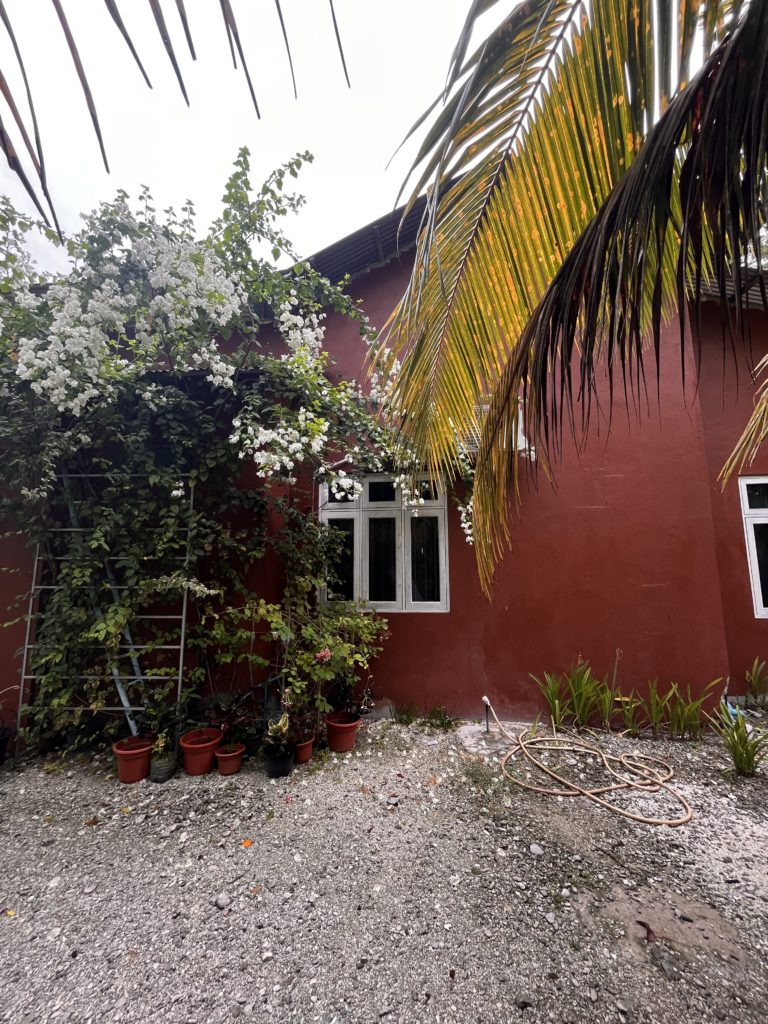
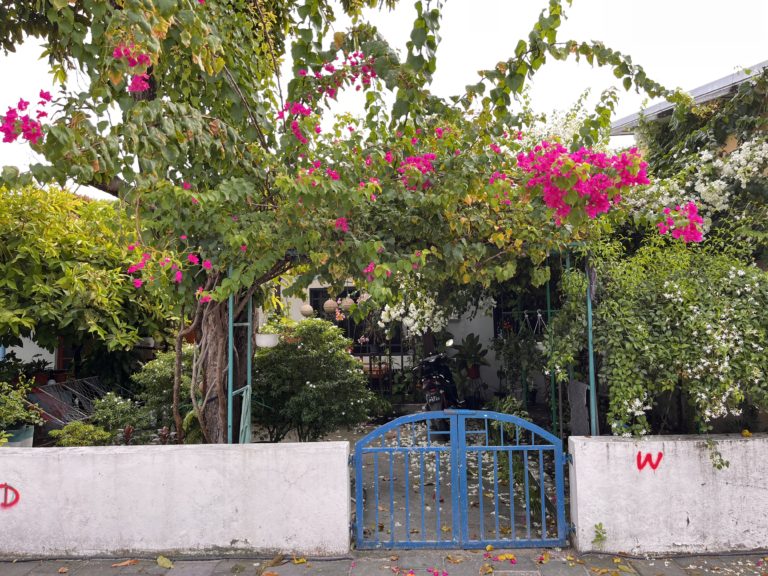
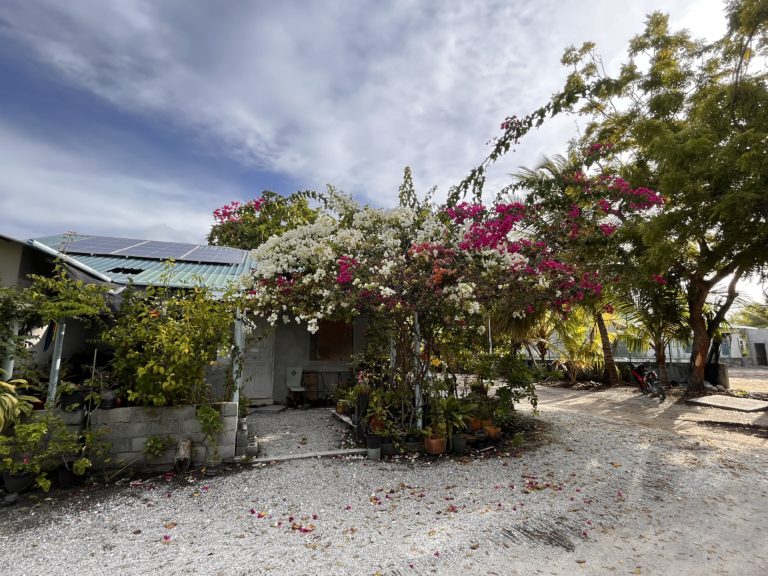
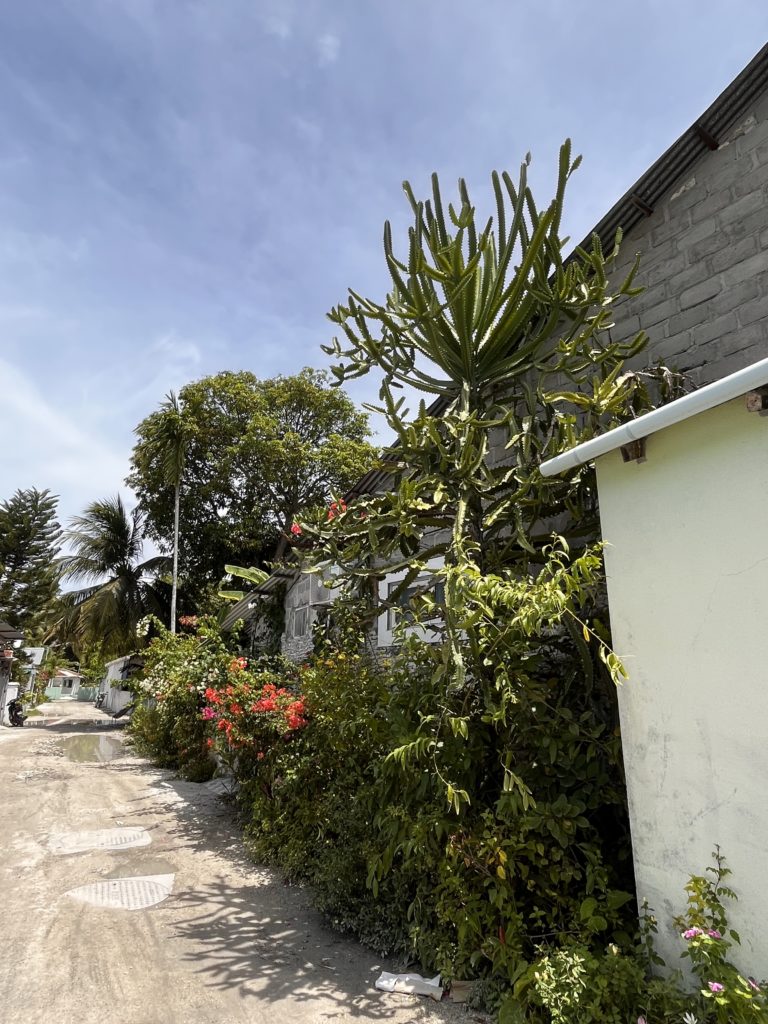
The island and the sky changed before my eyes as darkness fell. The streets, which had before been warm and muggy, got cooler and were illuminated by soft streetlight glow. Moving tree shadows also grew longer against a sky that was ablaze with beautiful shades of orange, red, and pink. A sense of mystery and wonder is added to the scene by pink and orange-tinged clouds that appear to be on fire.
Even when the night fell, Fuvahmulah’s beauty, aroma, and sounds persisted, and I couldn’t help but be lured in by its allure. I began to recall the olden days when getting to this idyllic spot required a protracted and challenging boat voyage. The tales of these perilous and exciting adventures only served to heighten the island’s appeal and enchantment.


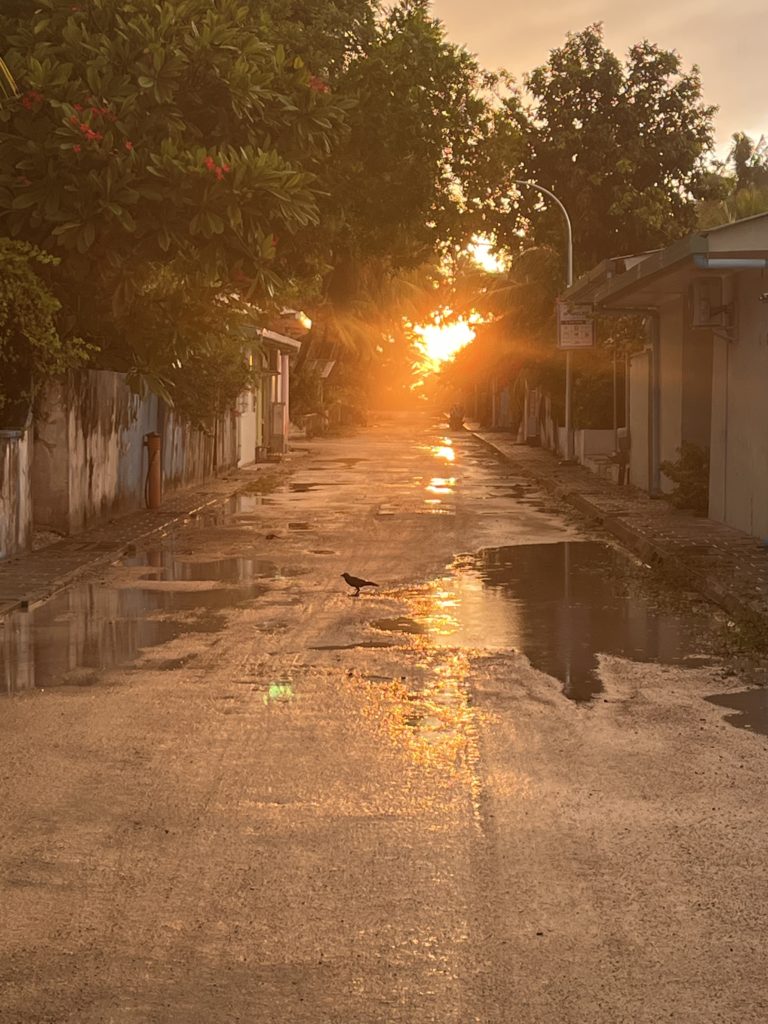
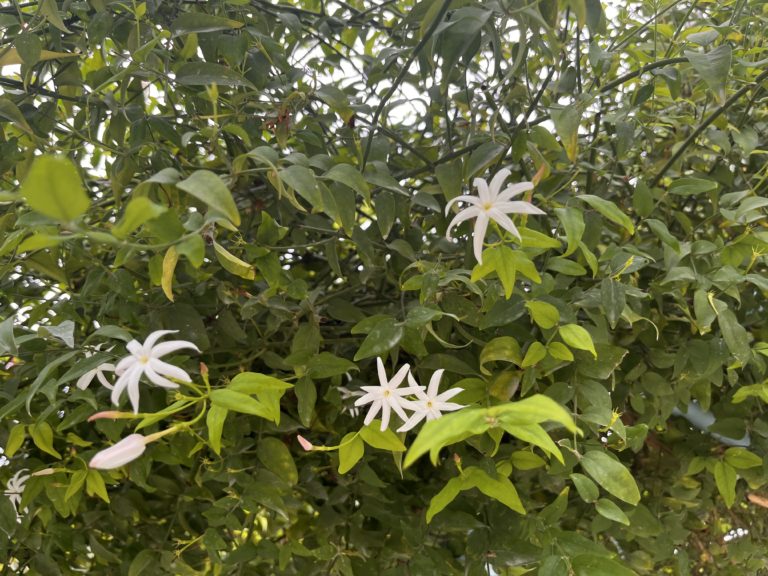
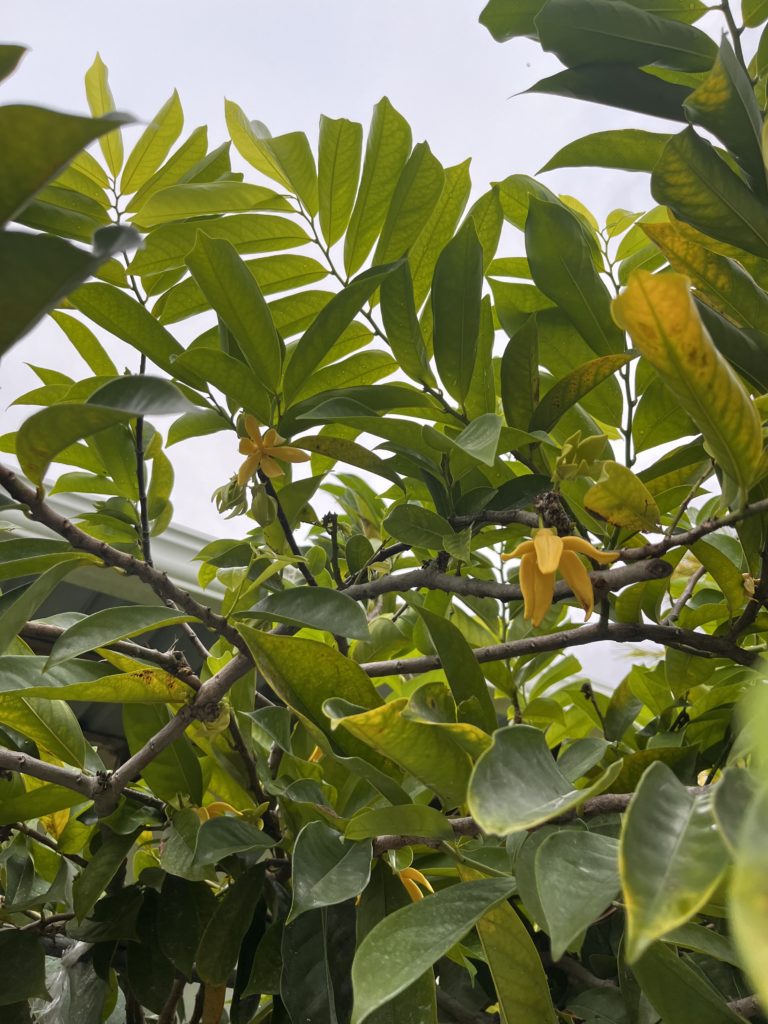
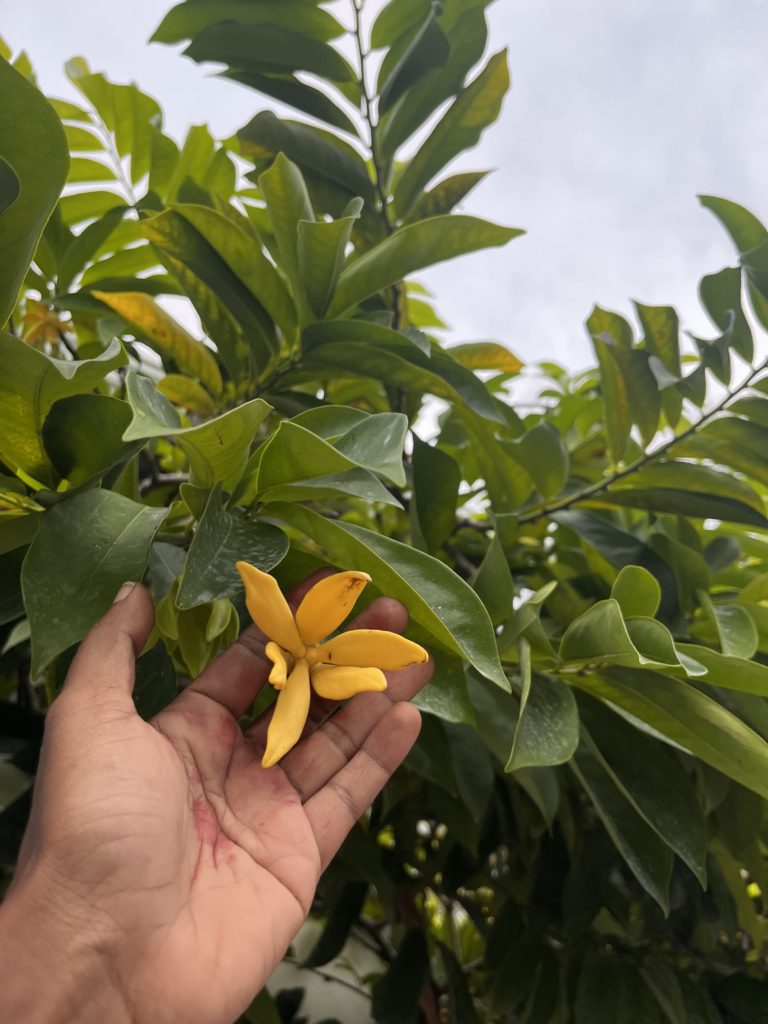
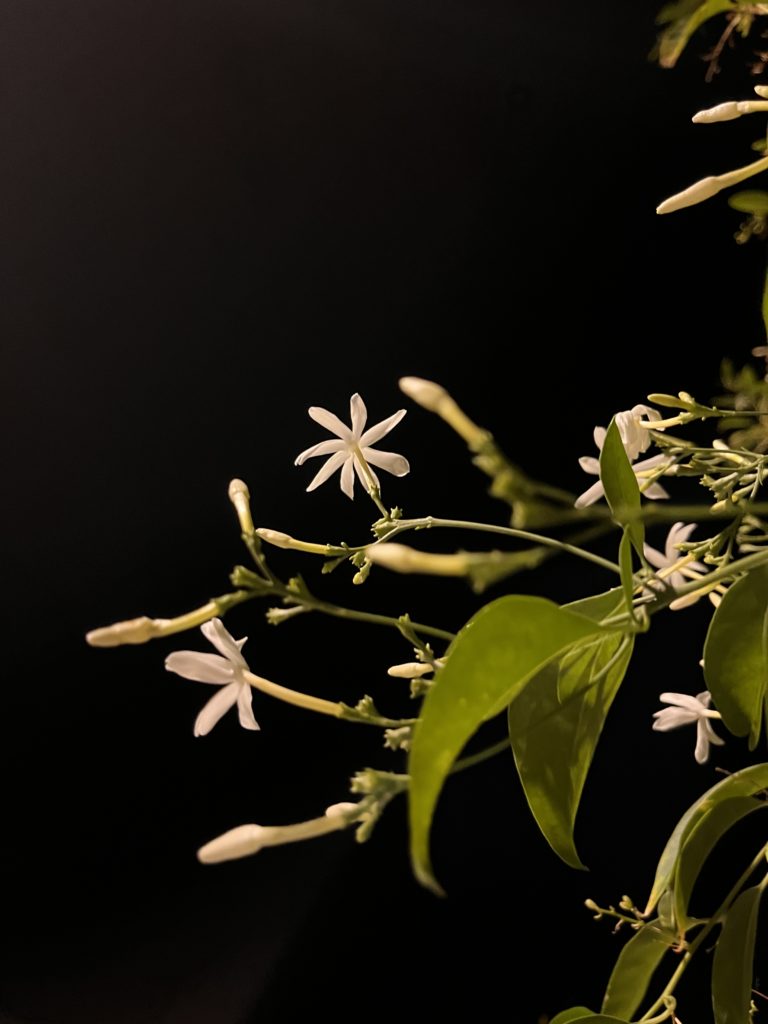
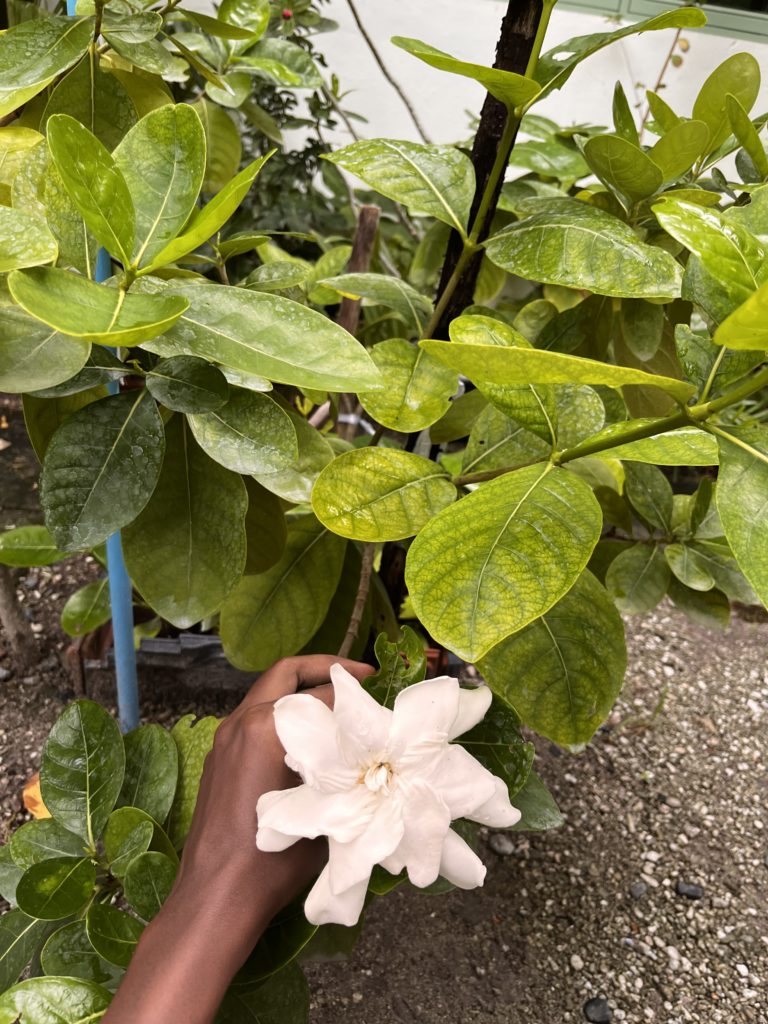
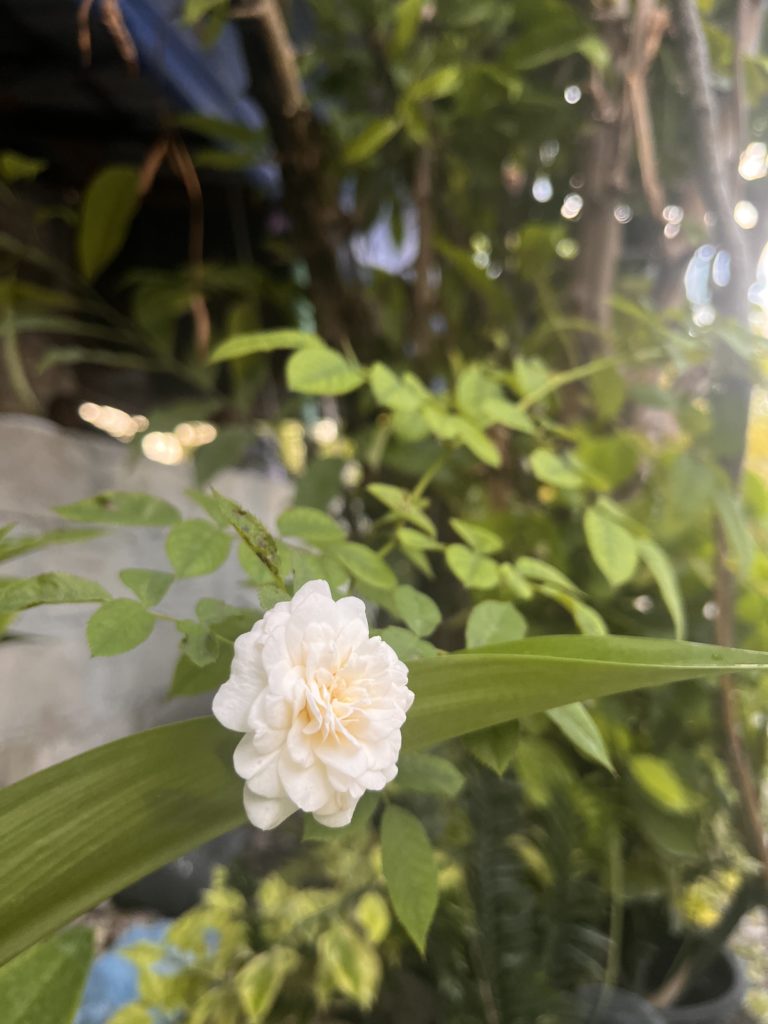
Fuvahmulah is special in more ways than merely the presence of magnificent plants. The inhabitants of the island, who have their own spoken dialect are friendly and caring. They are as distinctive as their place of residence. The Fuamulak people have a strong feeling of community and a close connection to the land and sea despite the difficulties they experience living on an island in the middle of a raging ocean.
Take a moment to appreciate the people who work the land, the beauty, and the diversity of the local flora as you stroll through the lush jungles and white sand beaches of Fuvahmulah. These plants are a living example of how resilient and adaptable nature is, and they are an essential component of the diverse biome that makes up this tropical paradise.
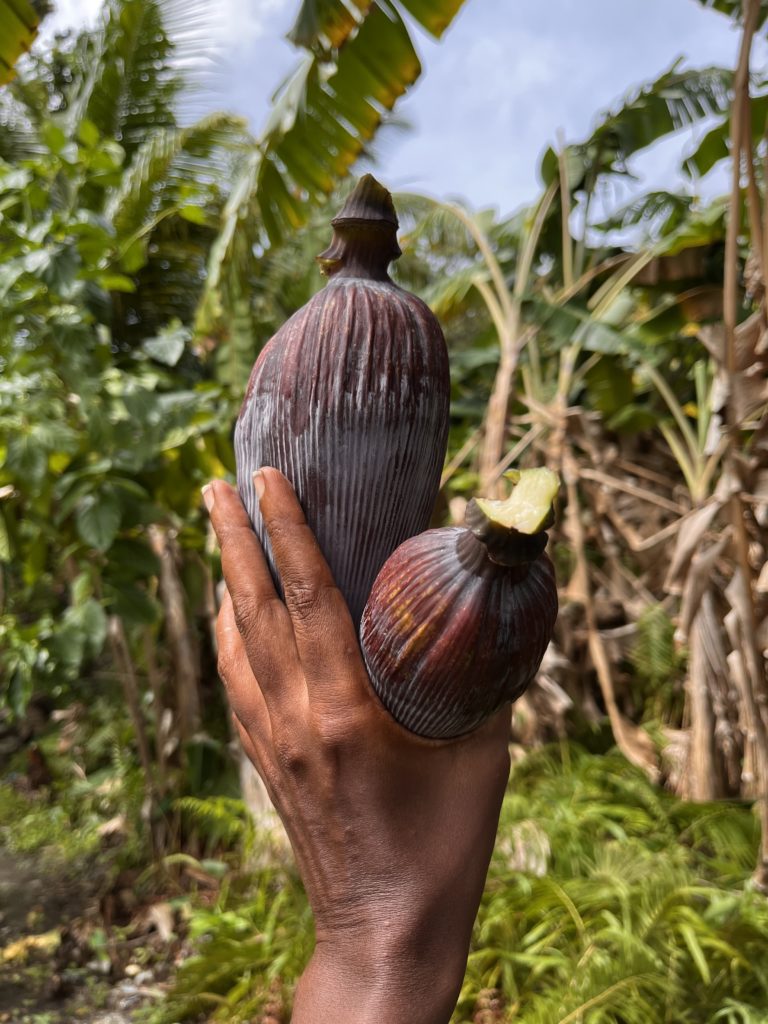
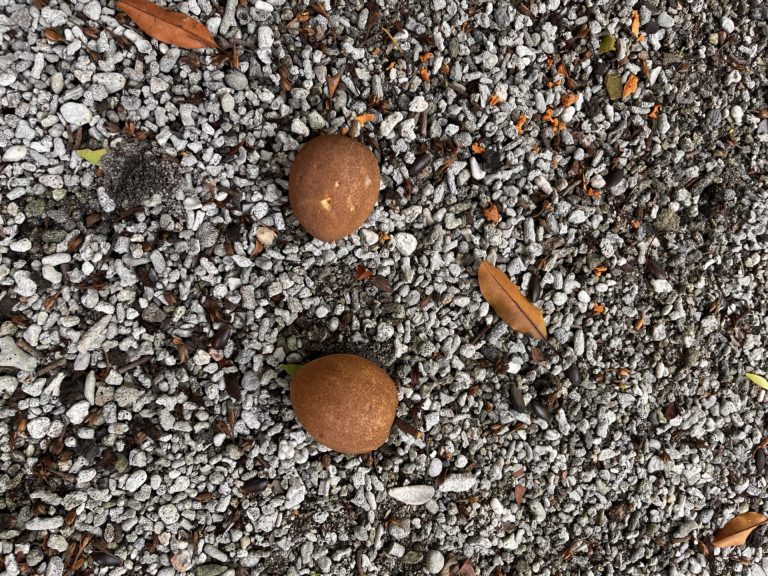
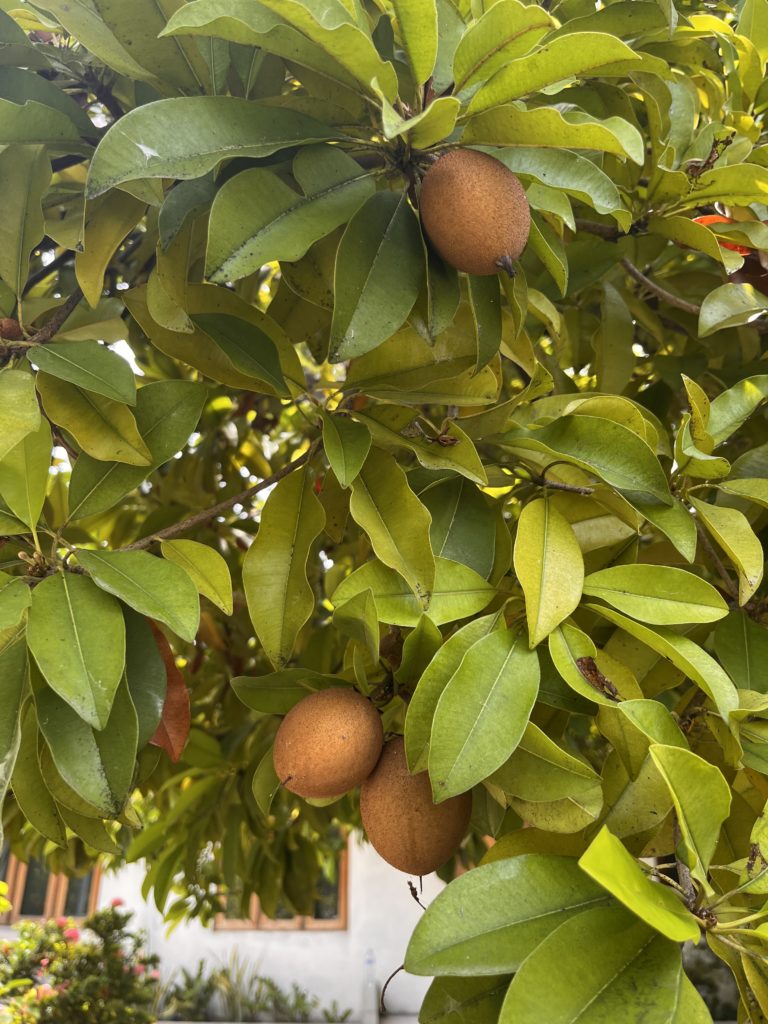
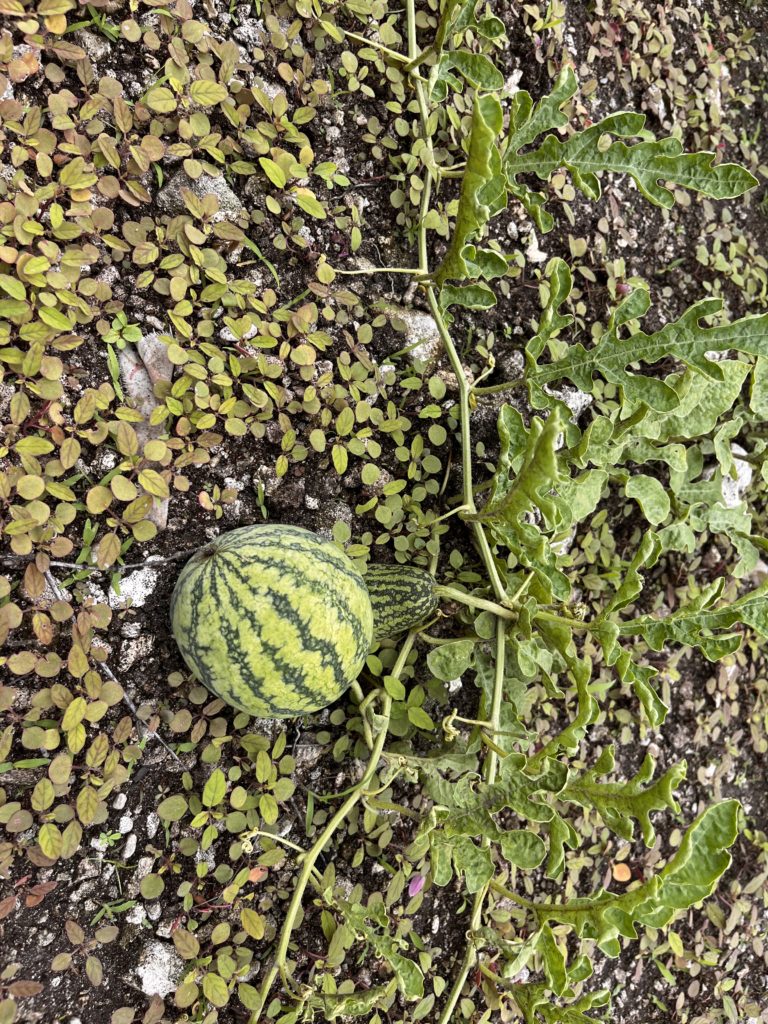
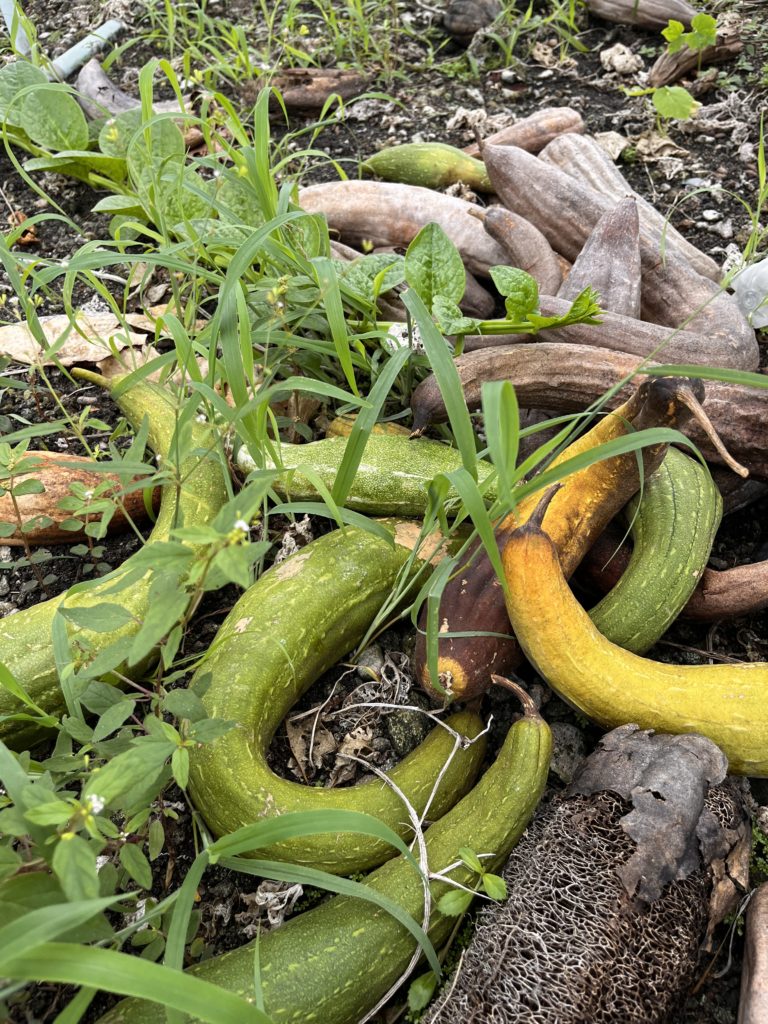
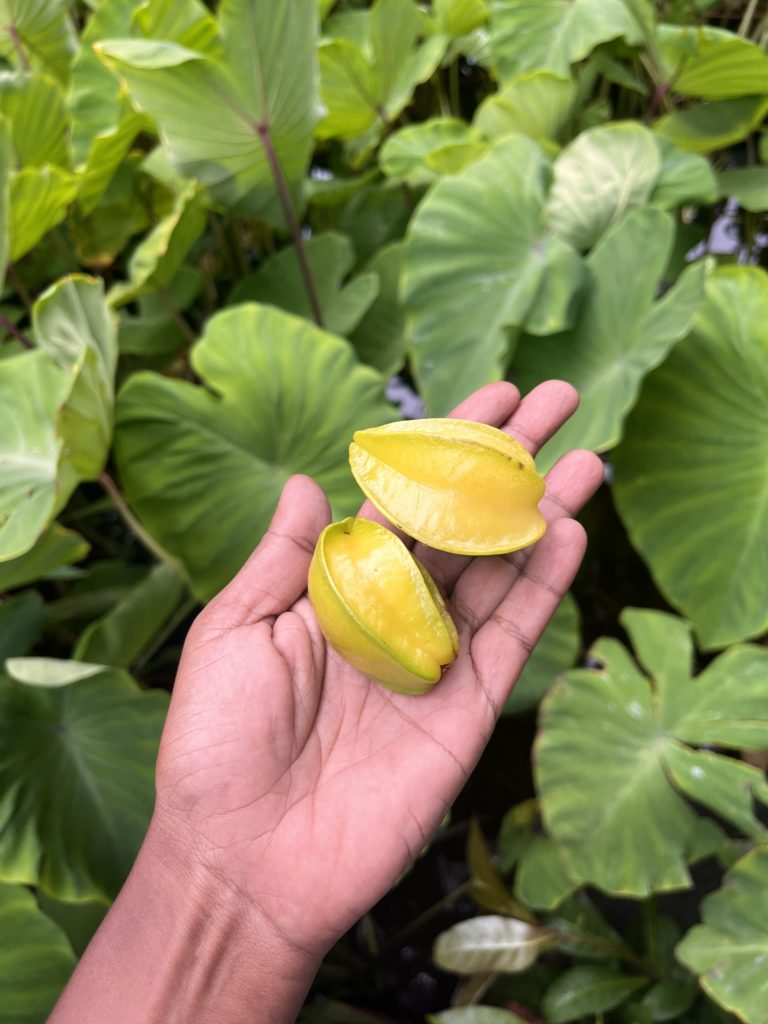
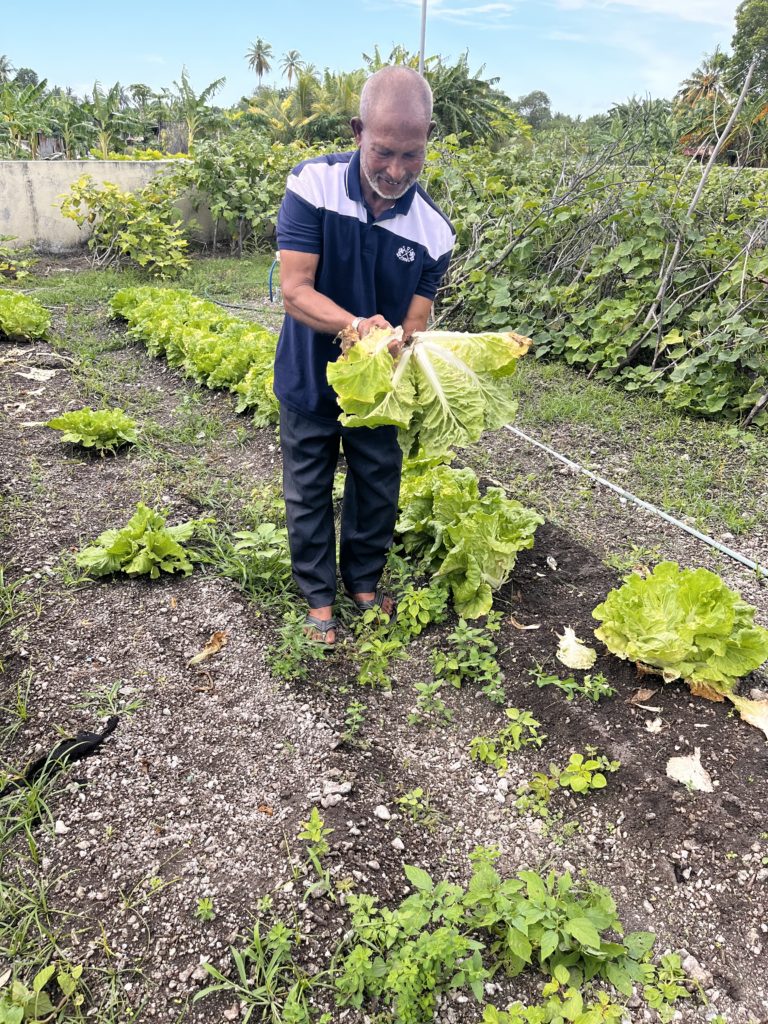
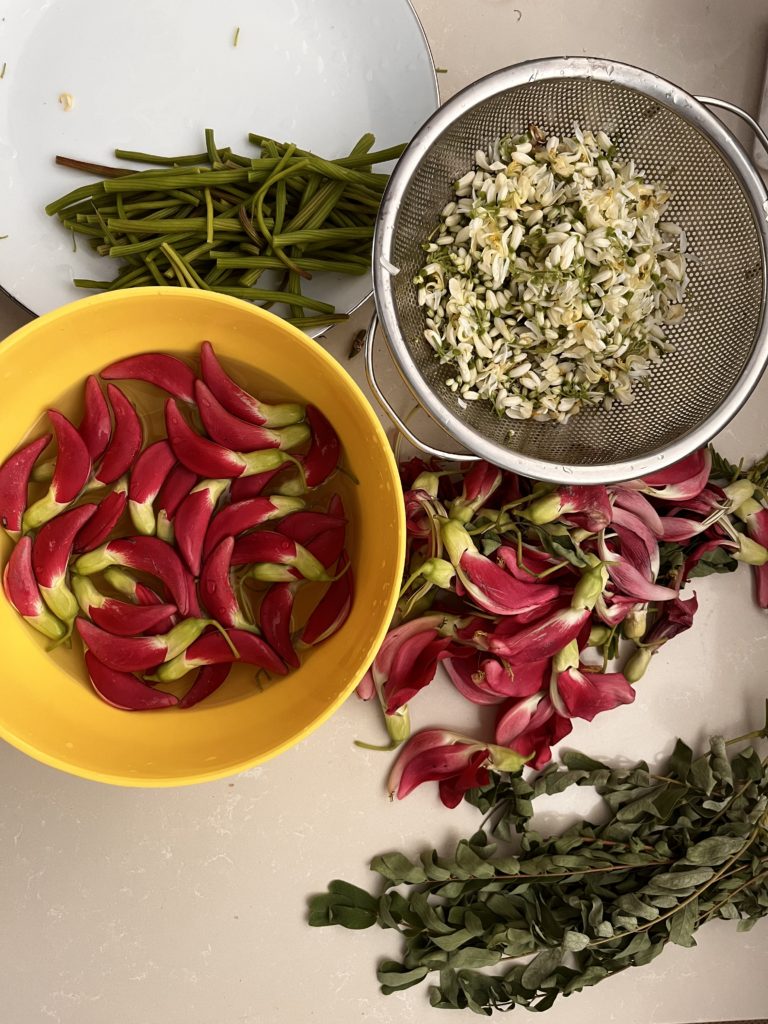
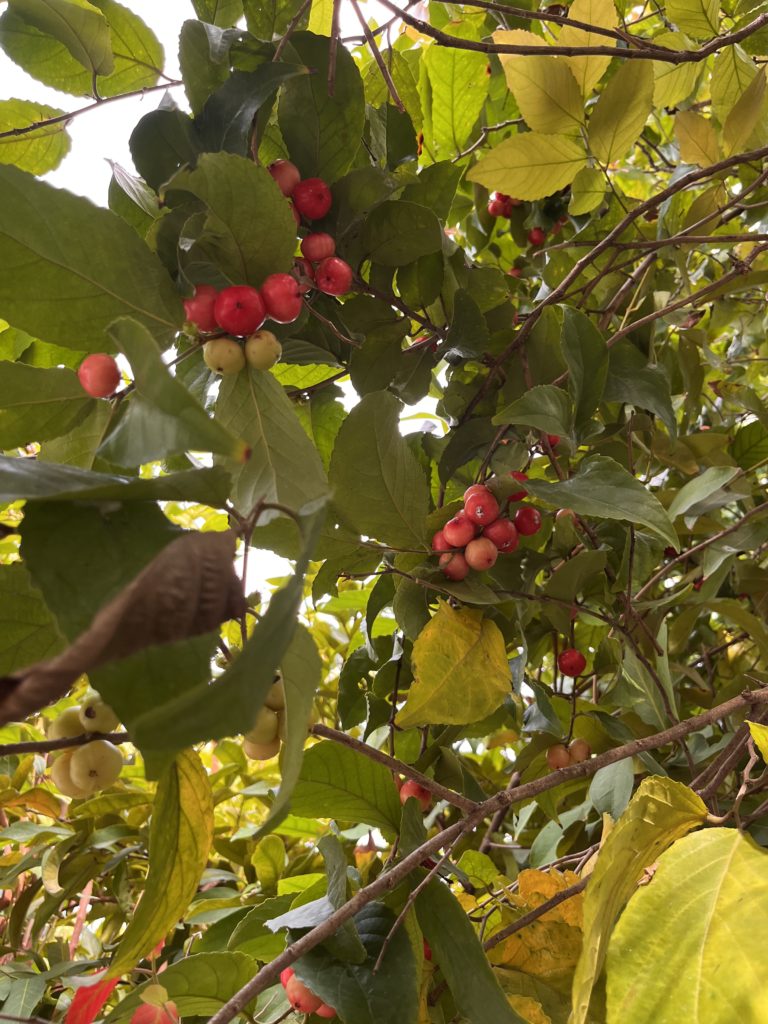
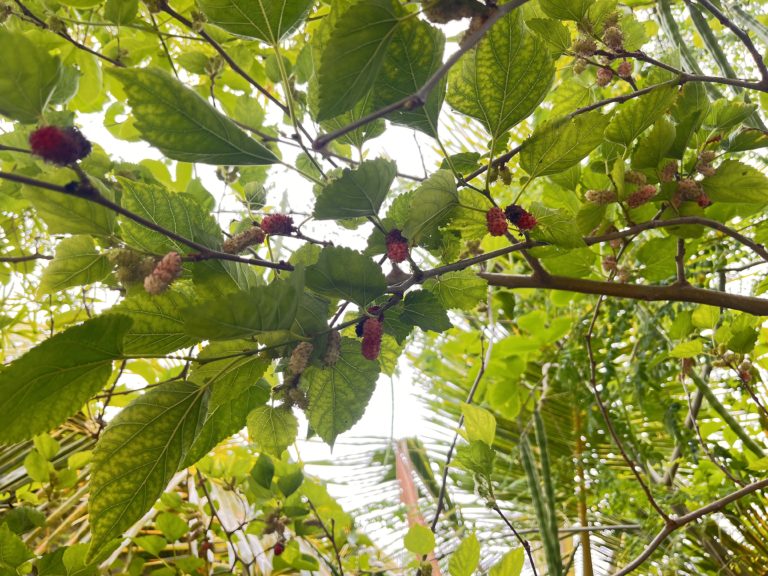
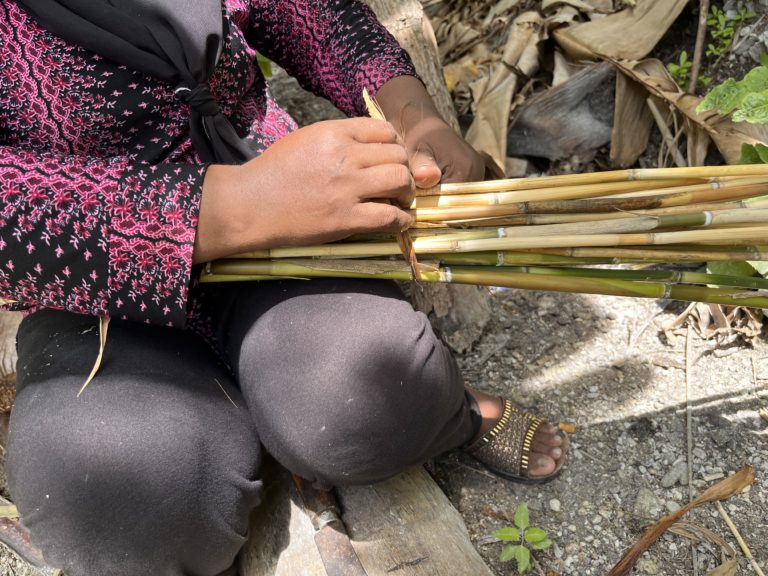
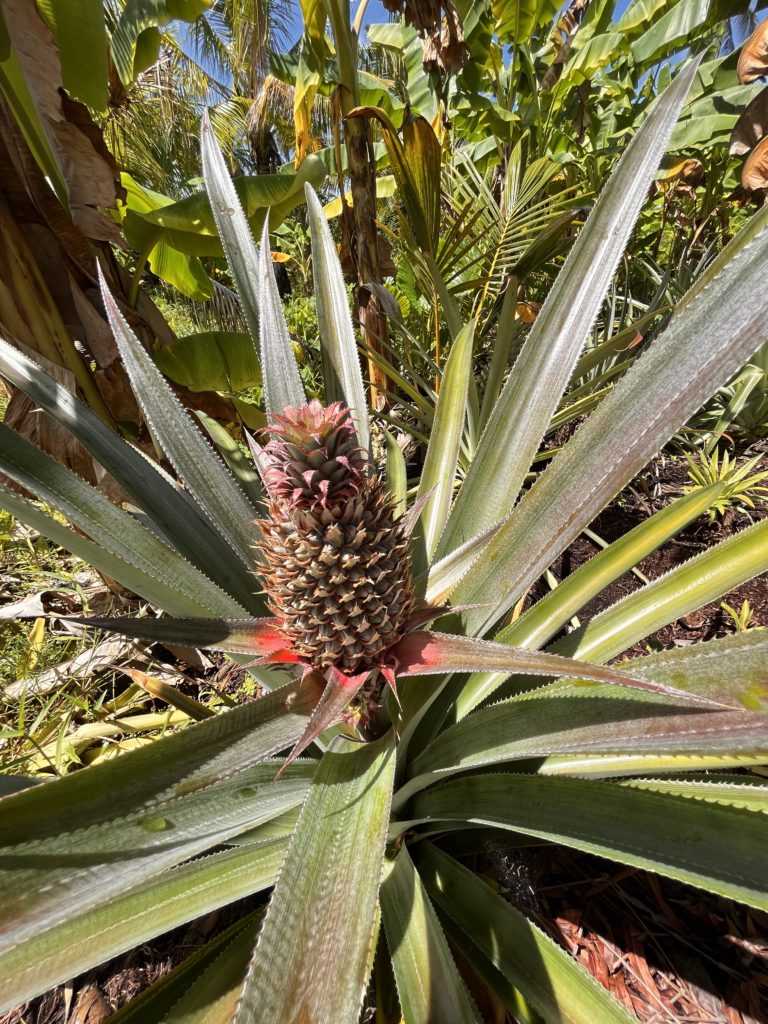
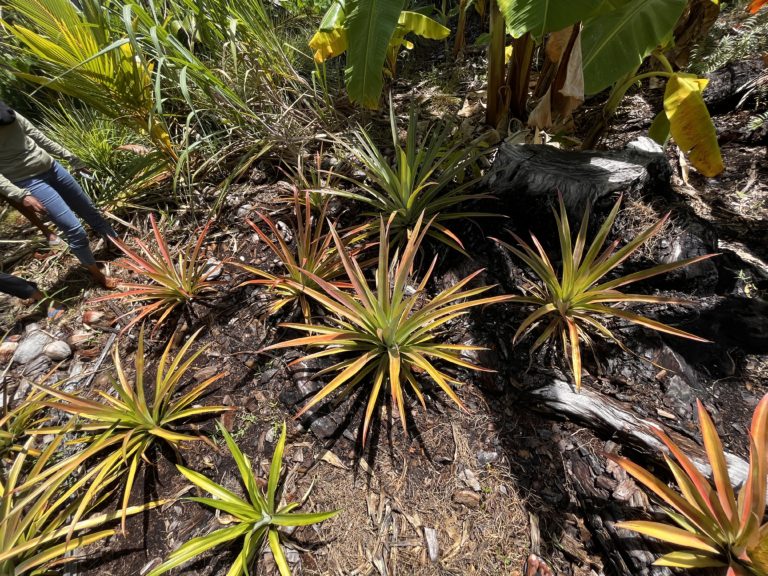


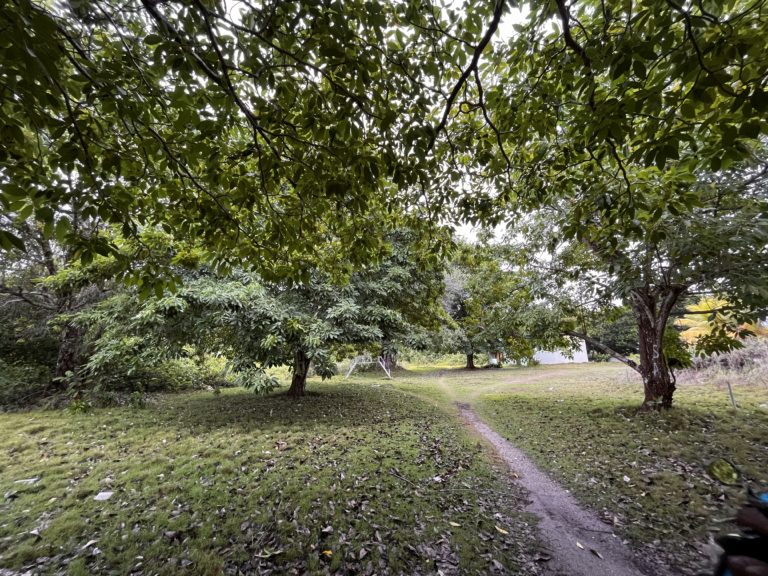
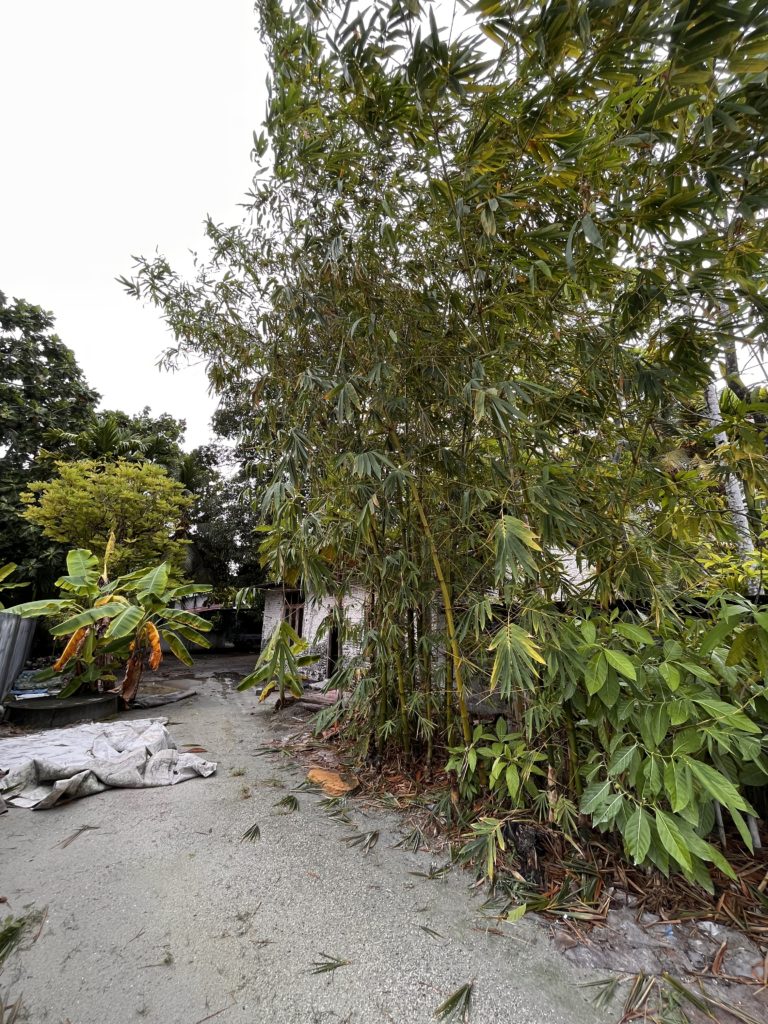
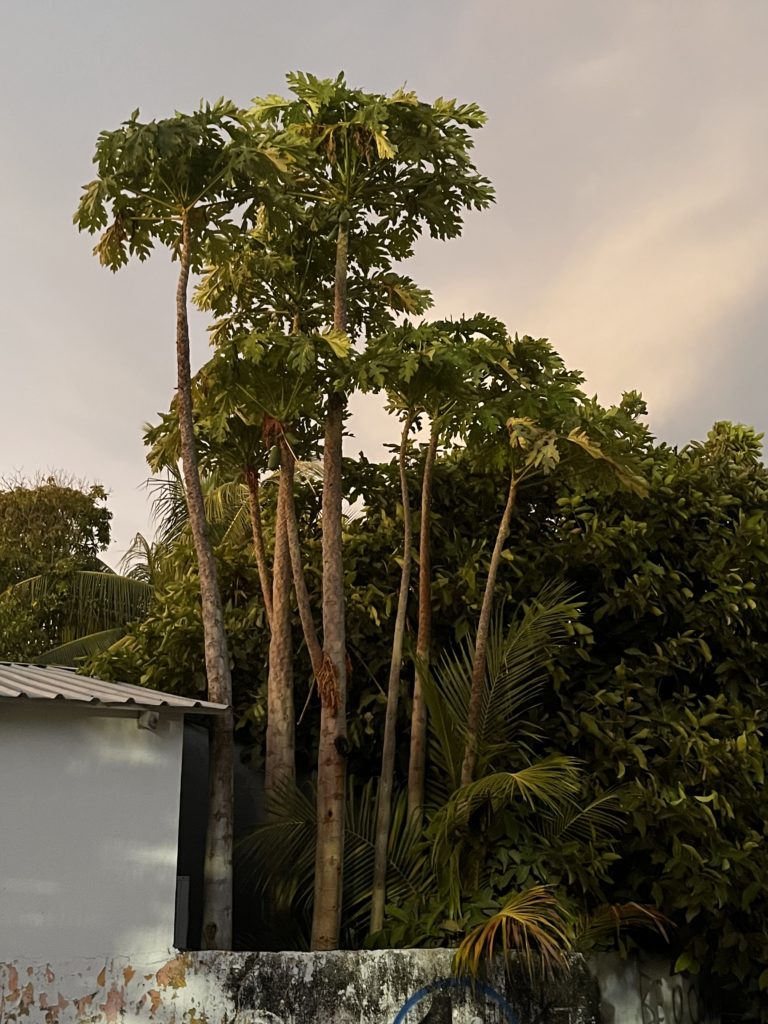

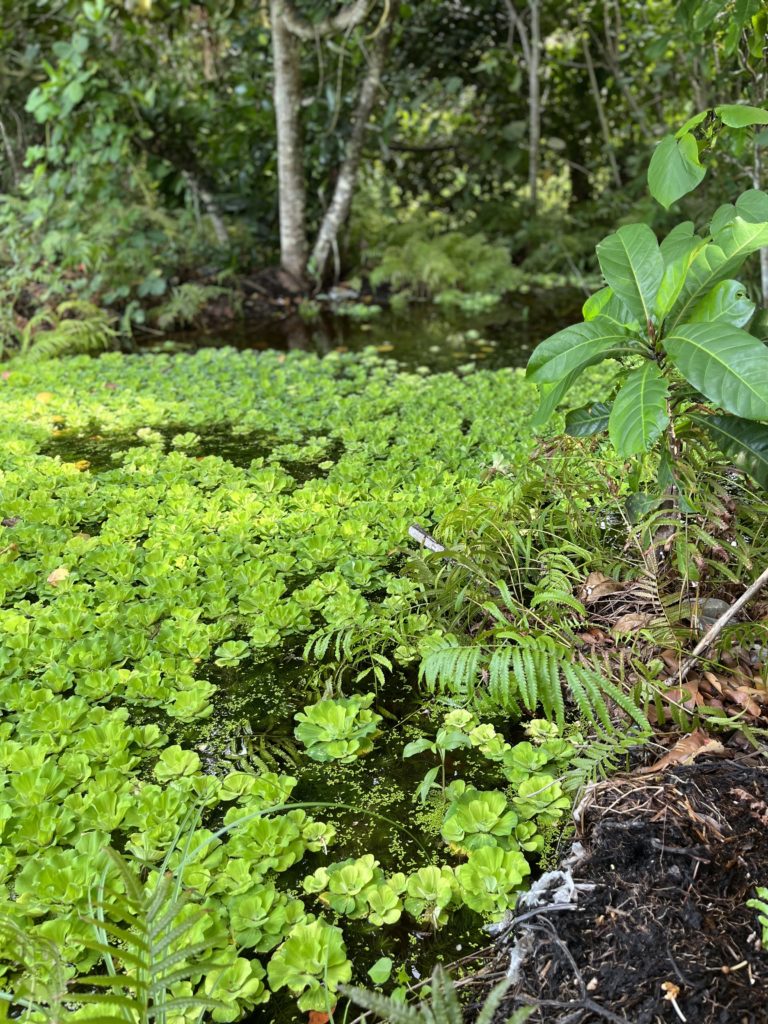
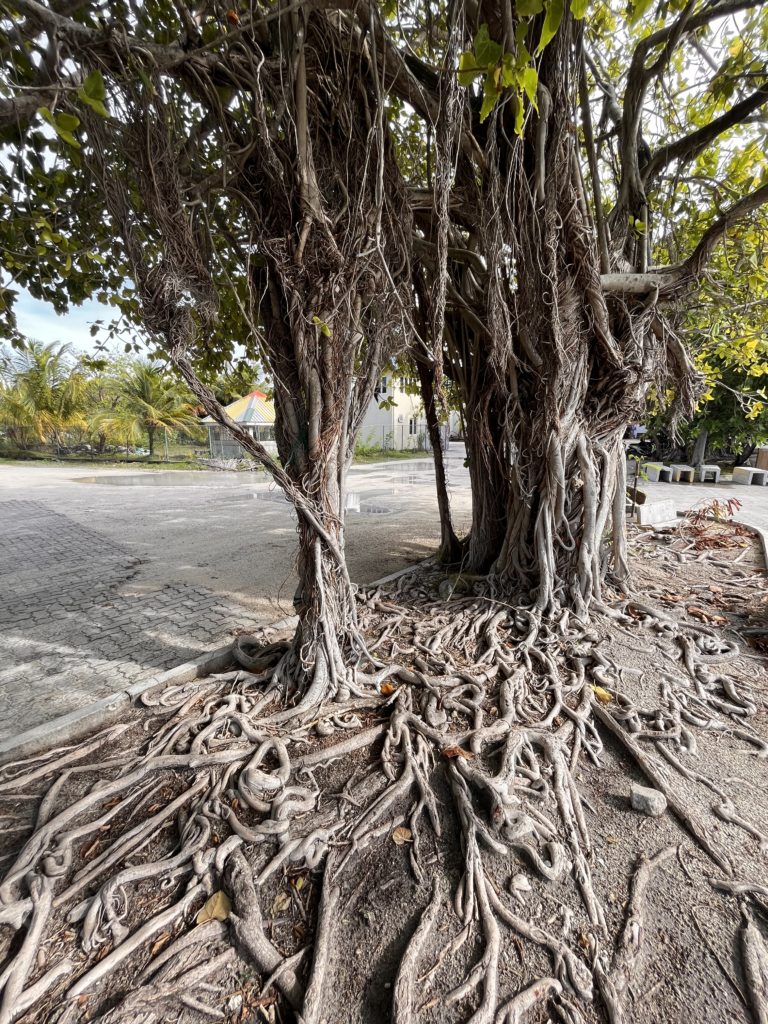
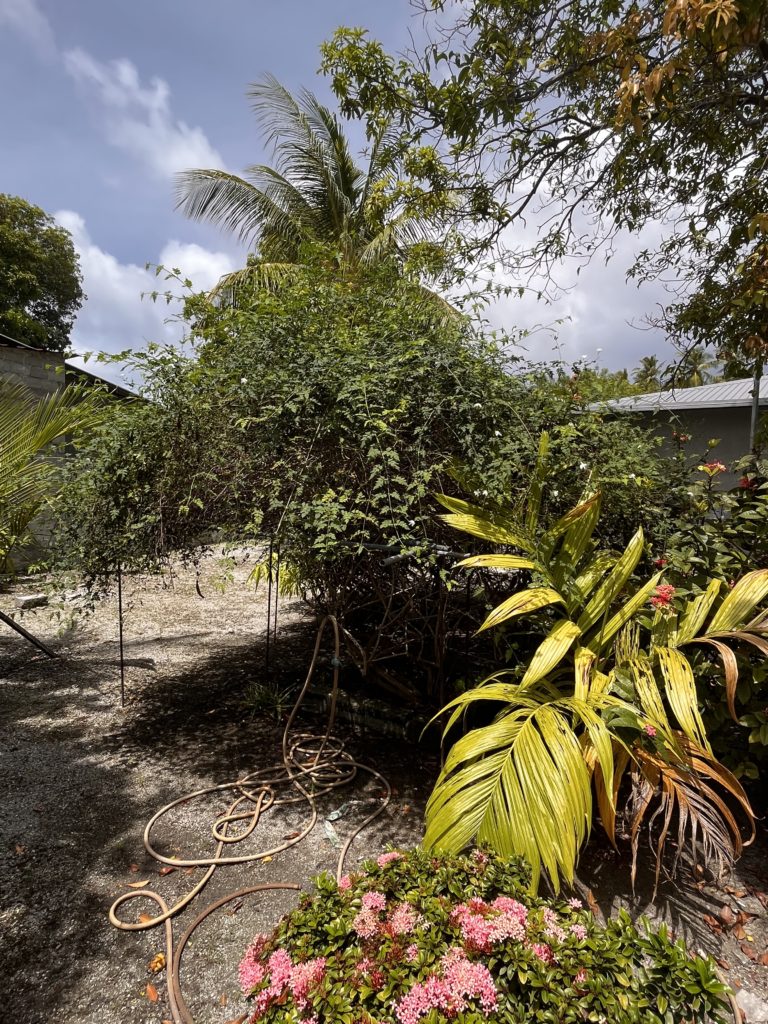
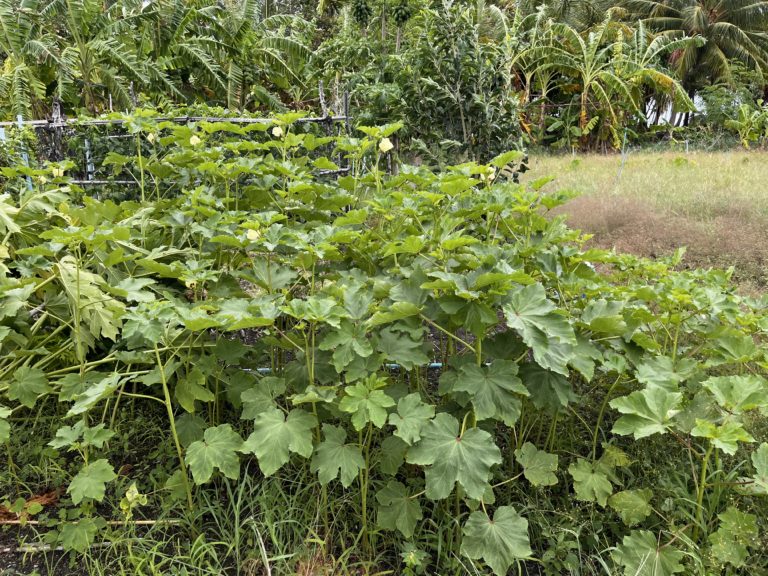
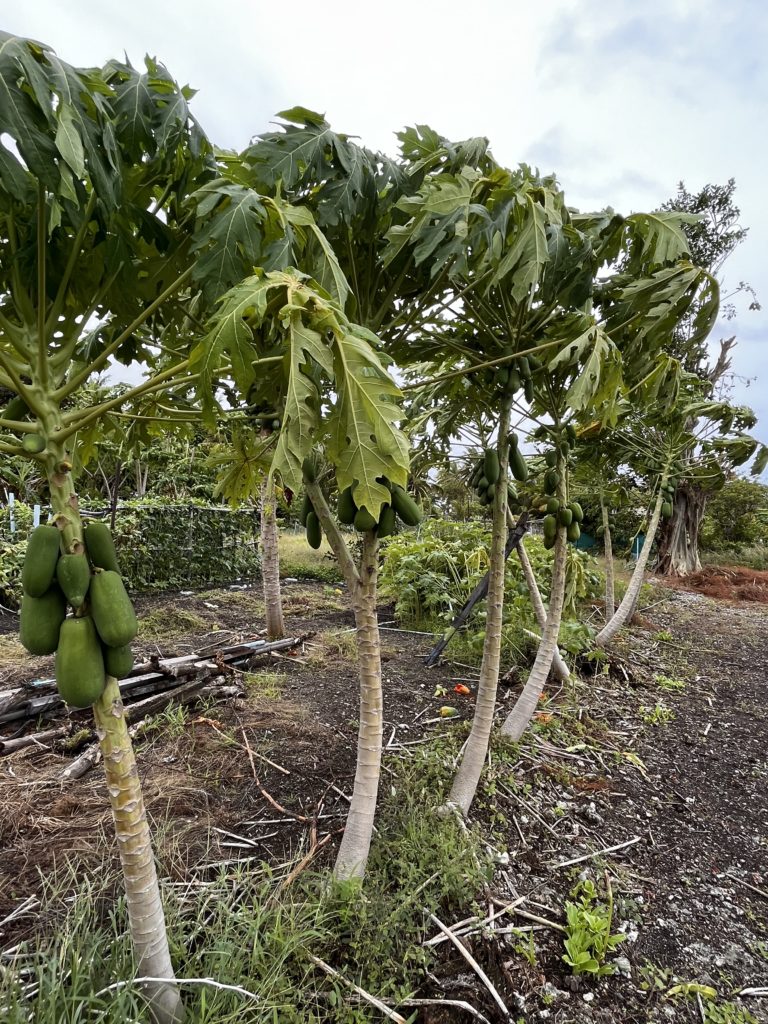
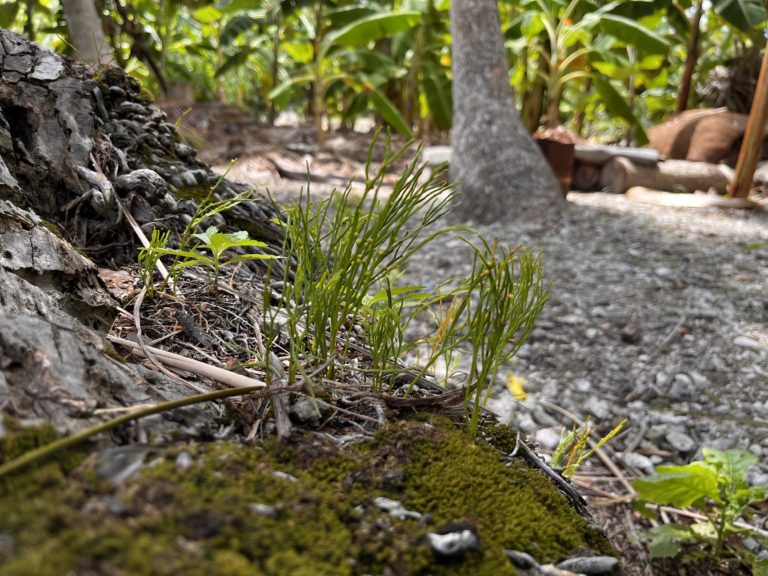

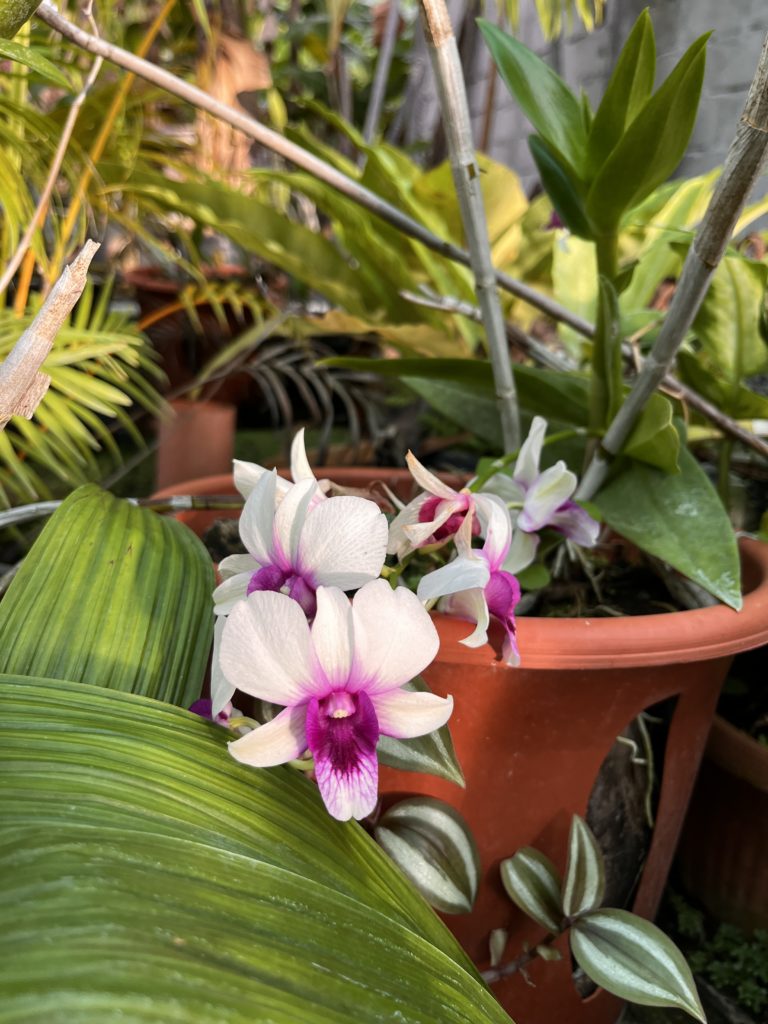

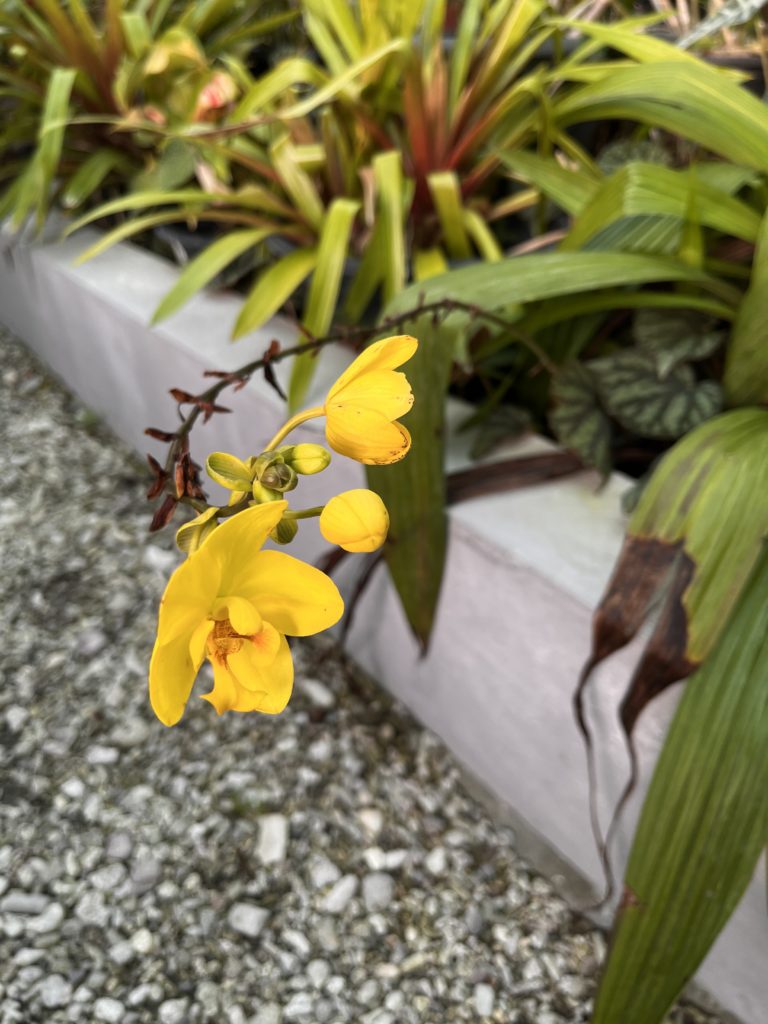
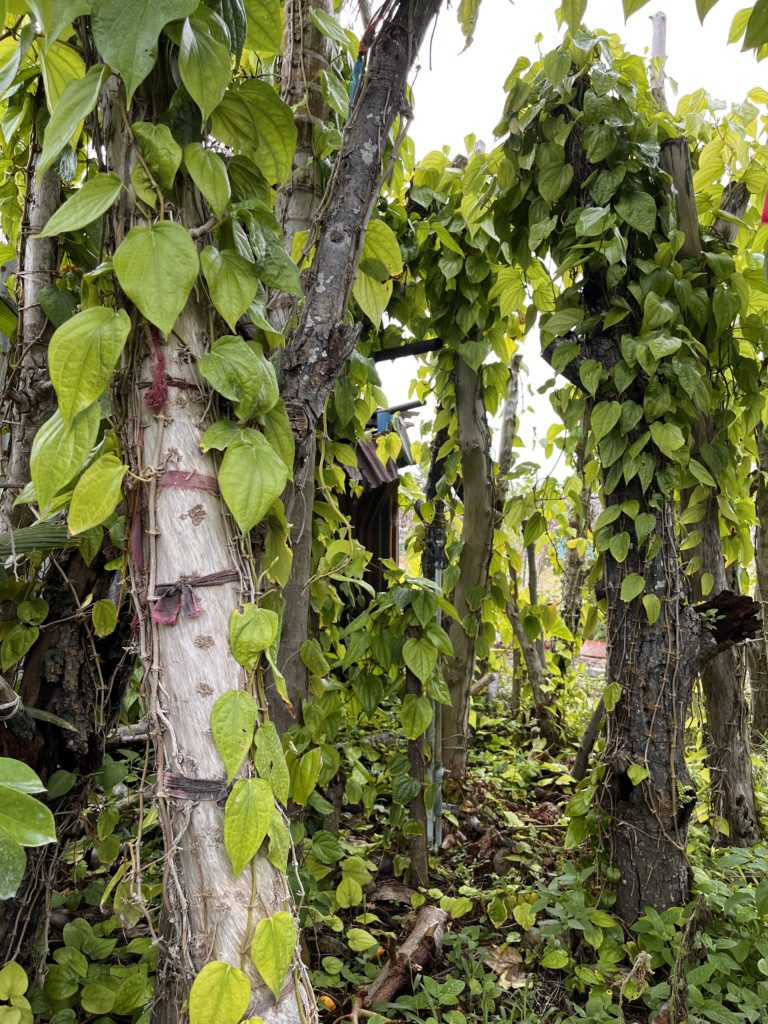
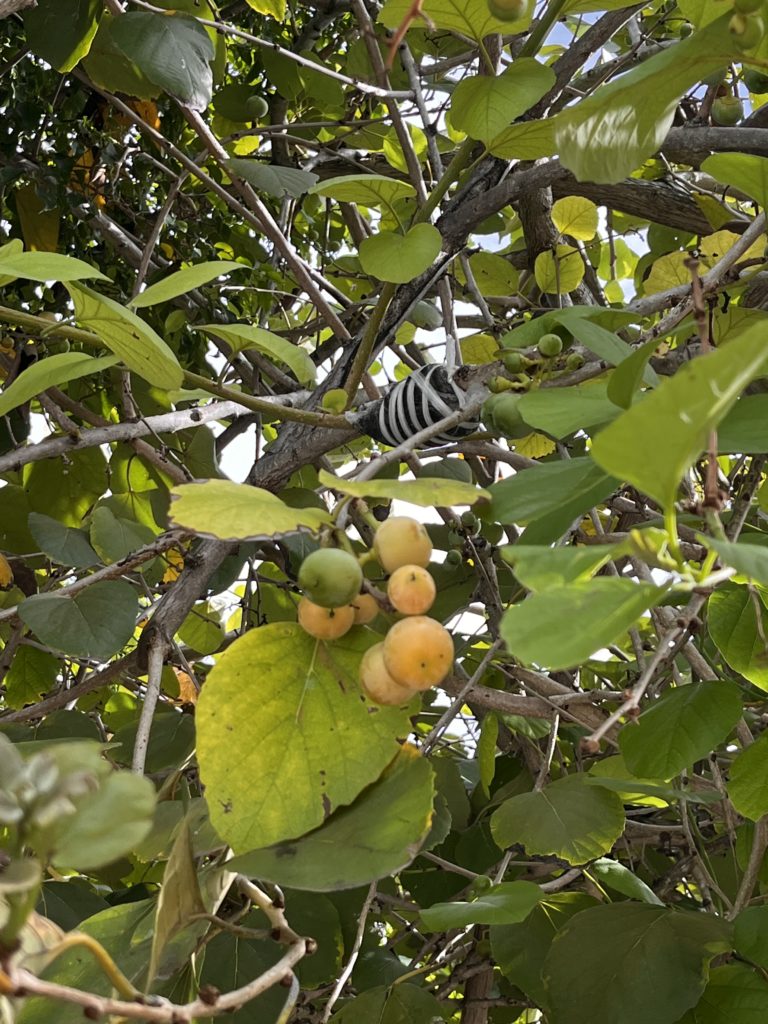
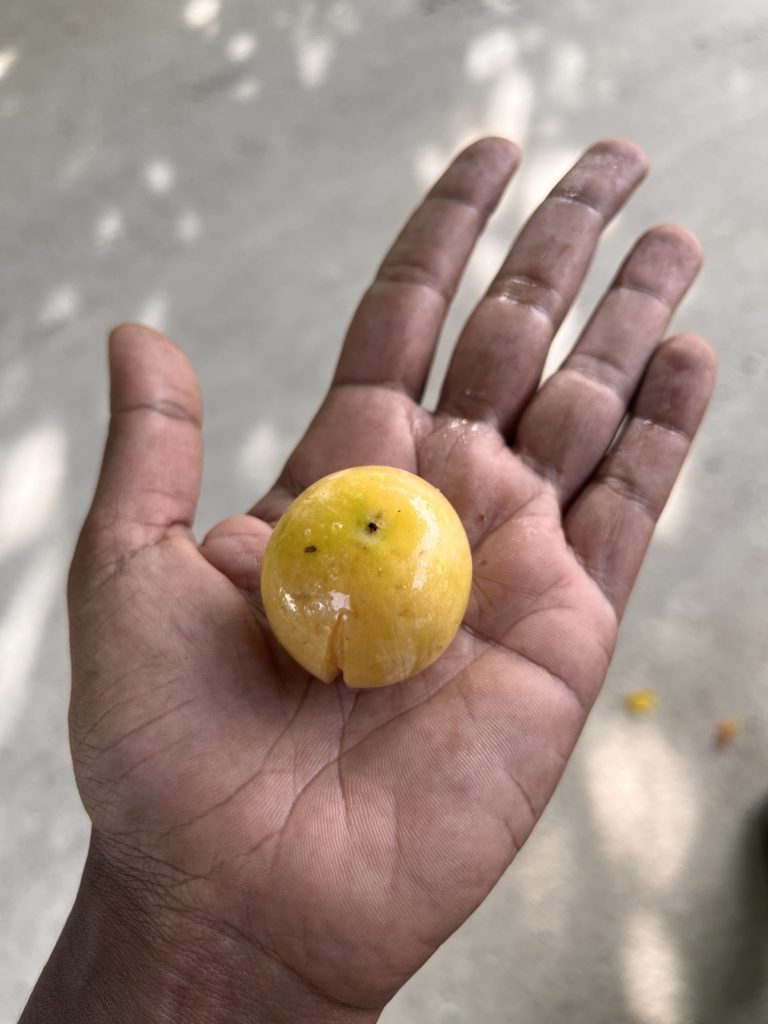

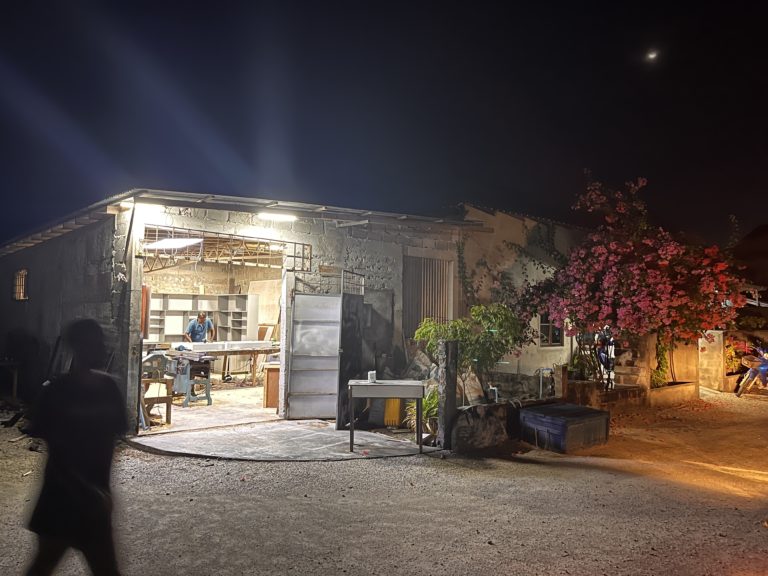


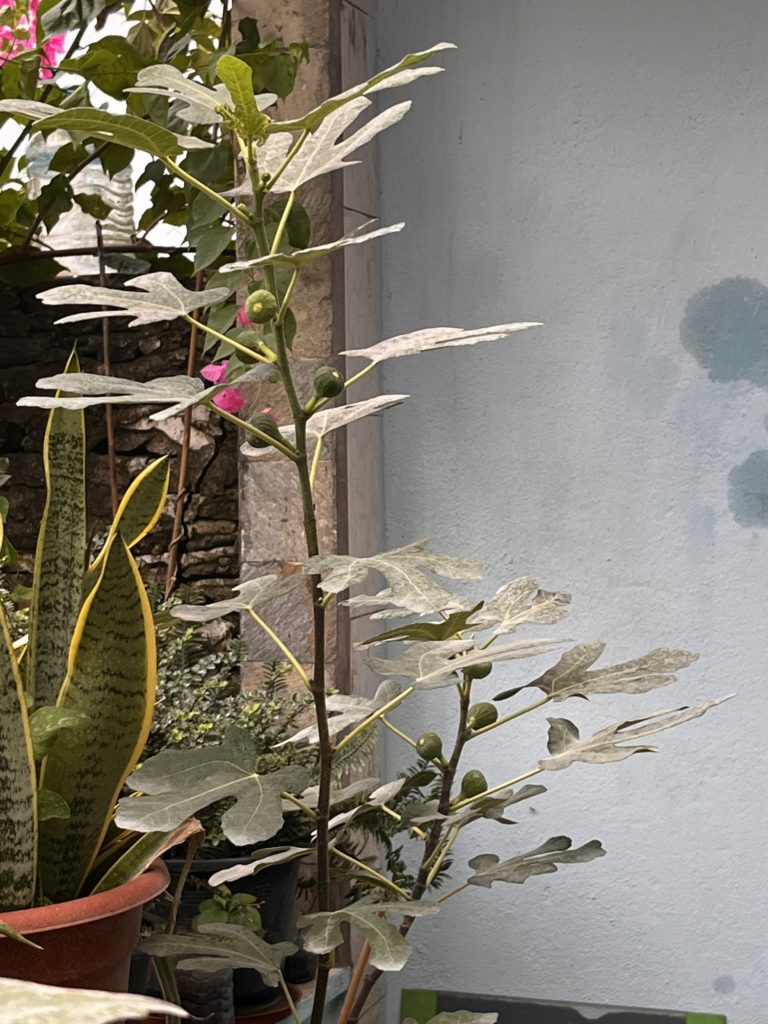
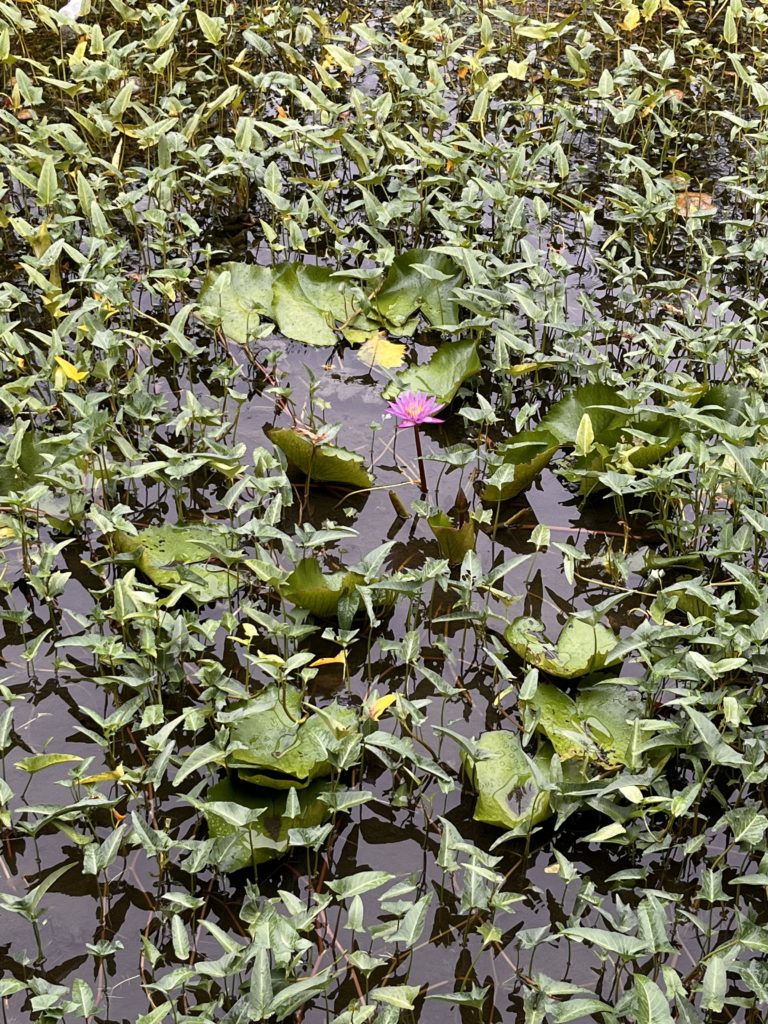
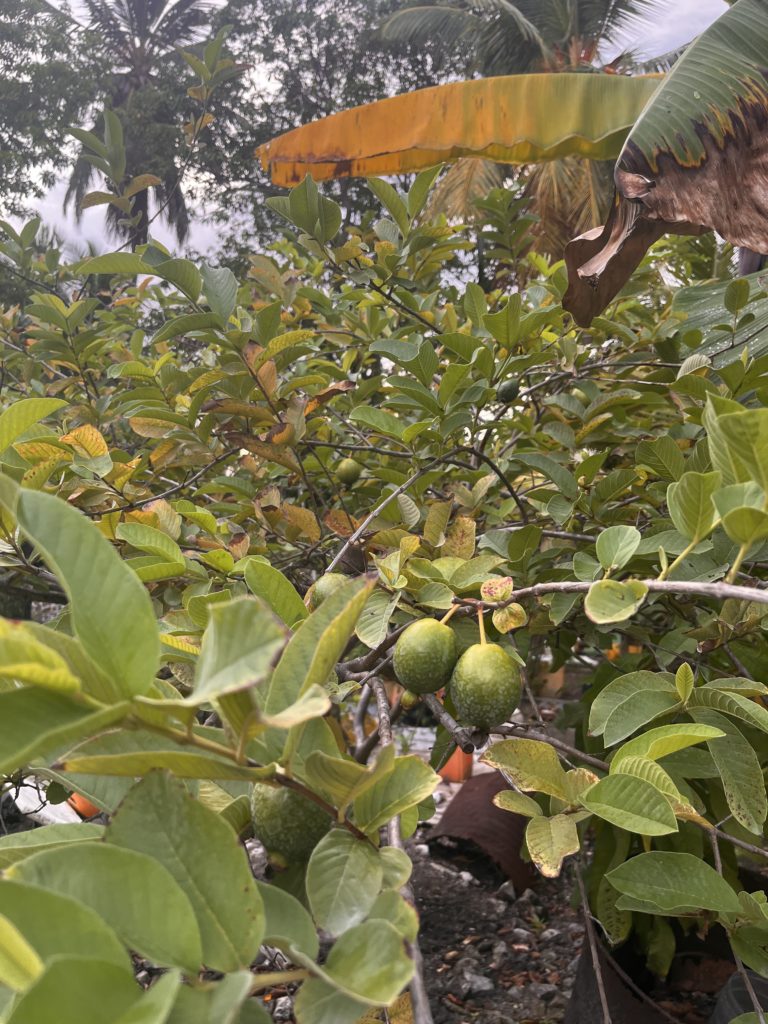
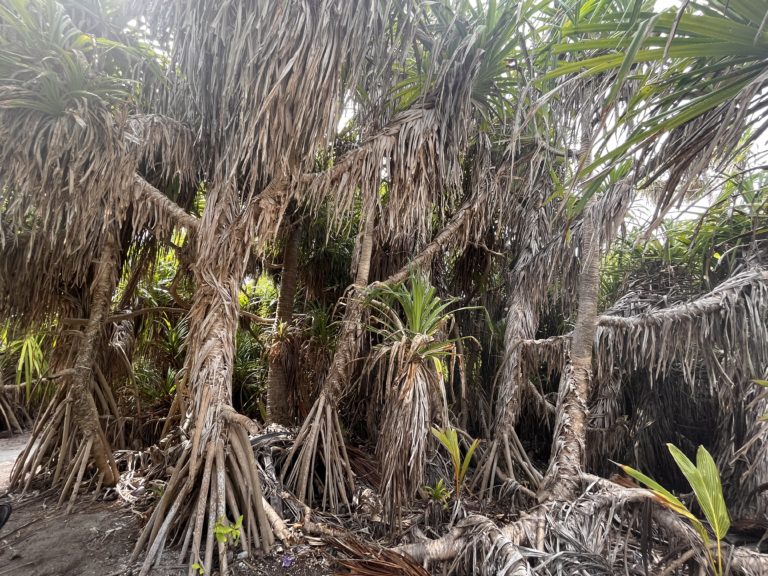
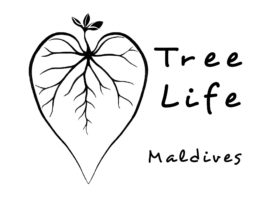
I haven’t been to Fuvahmulah, yet, but its on my ever diminishing must visit Isles of Maldives.
Thanks for this beautifully written piece, it’s like I’ve strolled through the island, suffices very well until I’m able to visit it person.
What a wonderful article